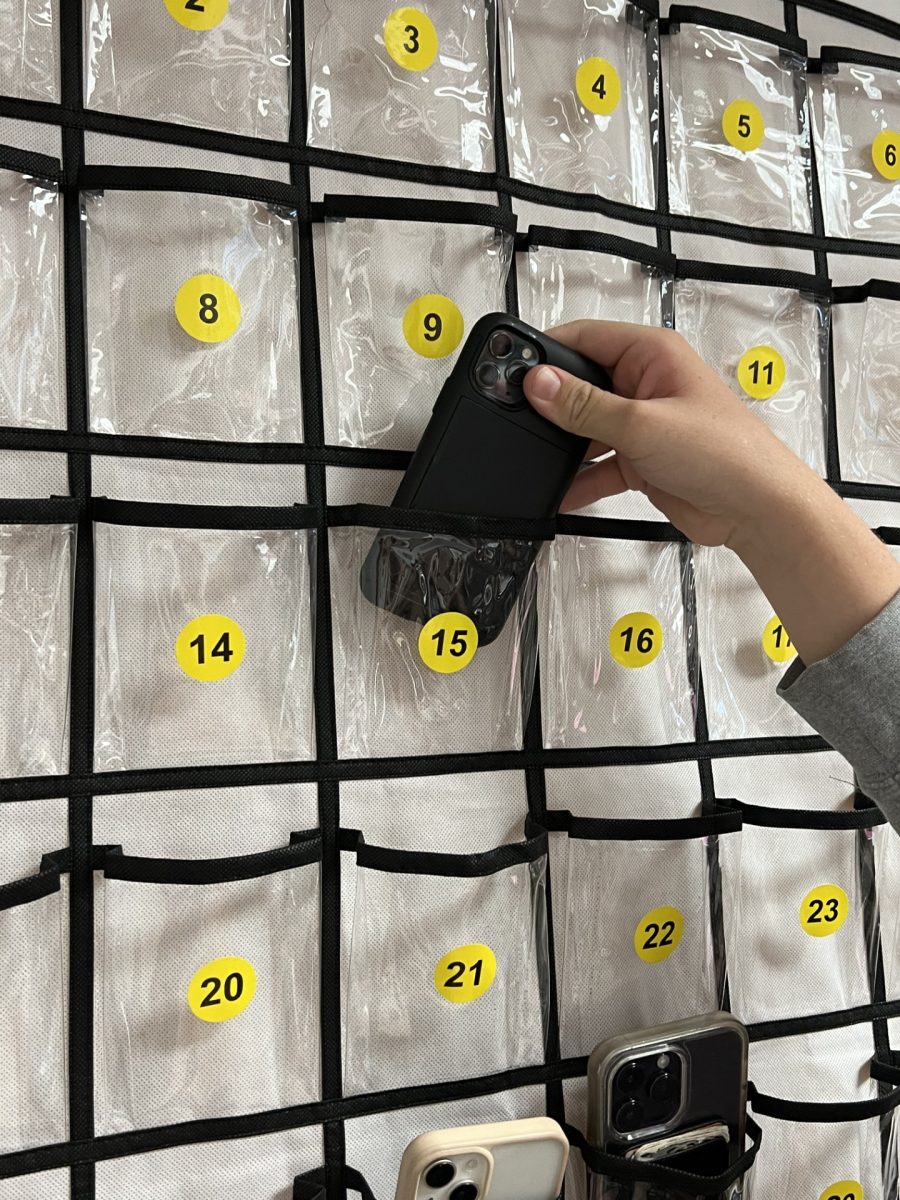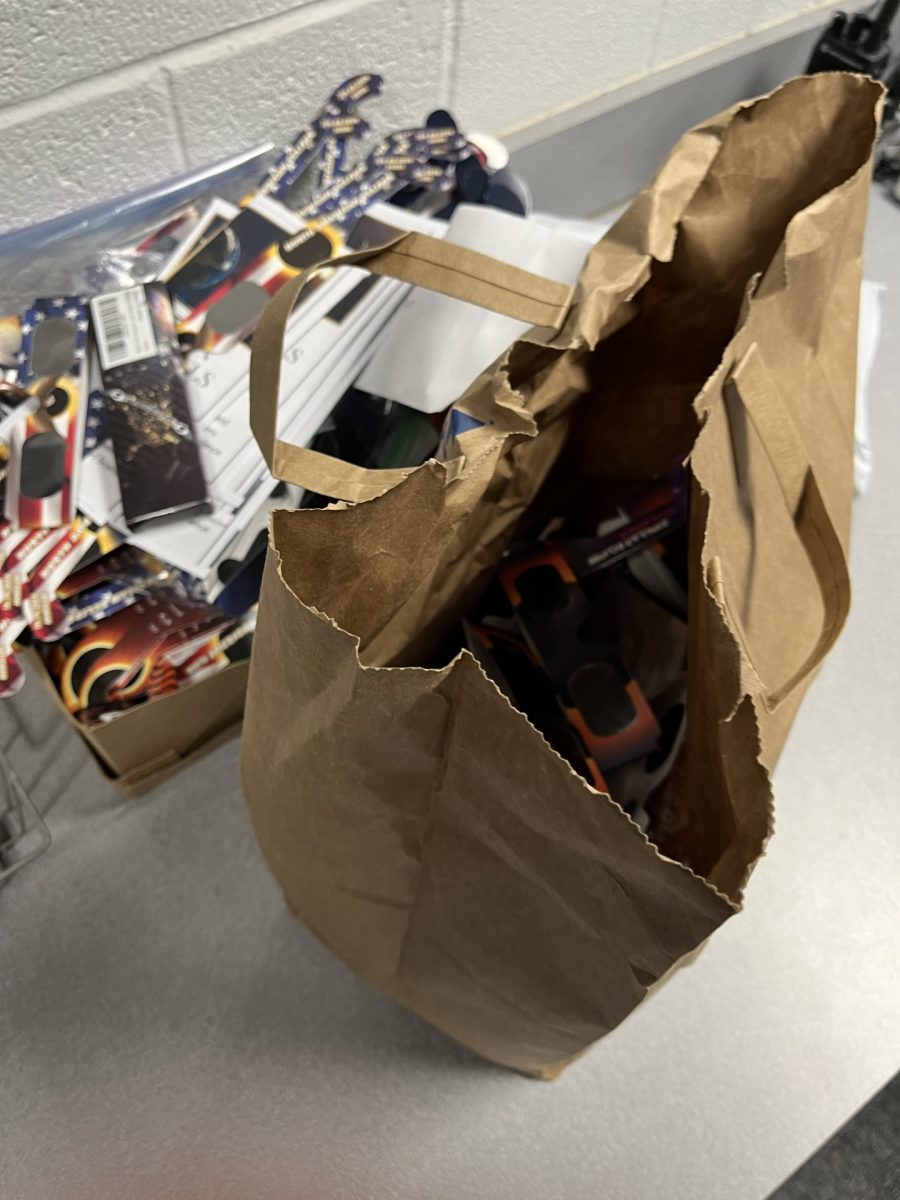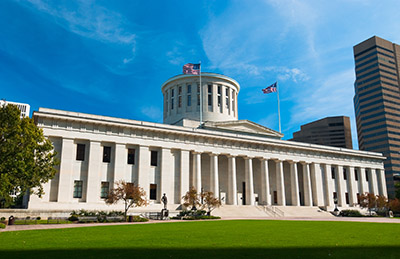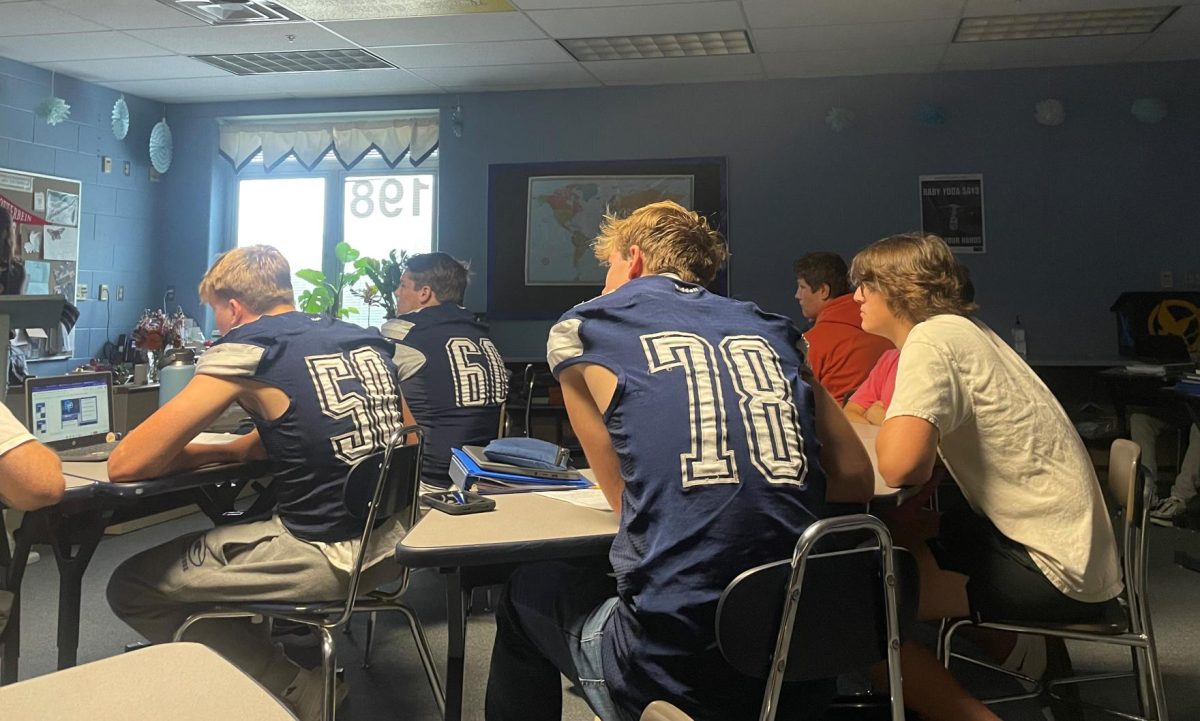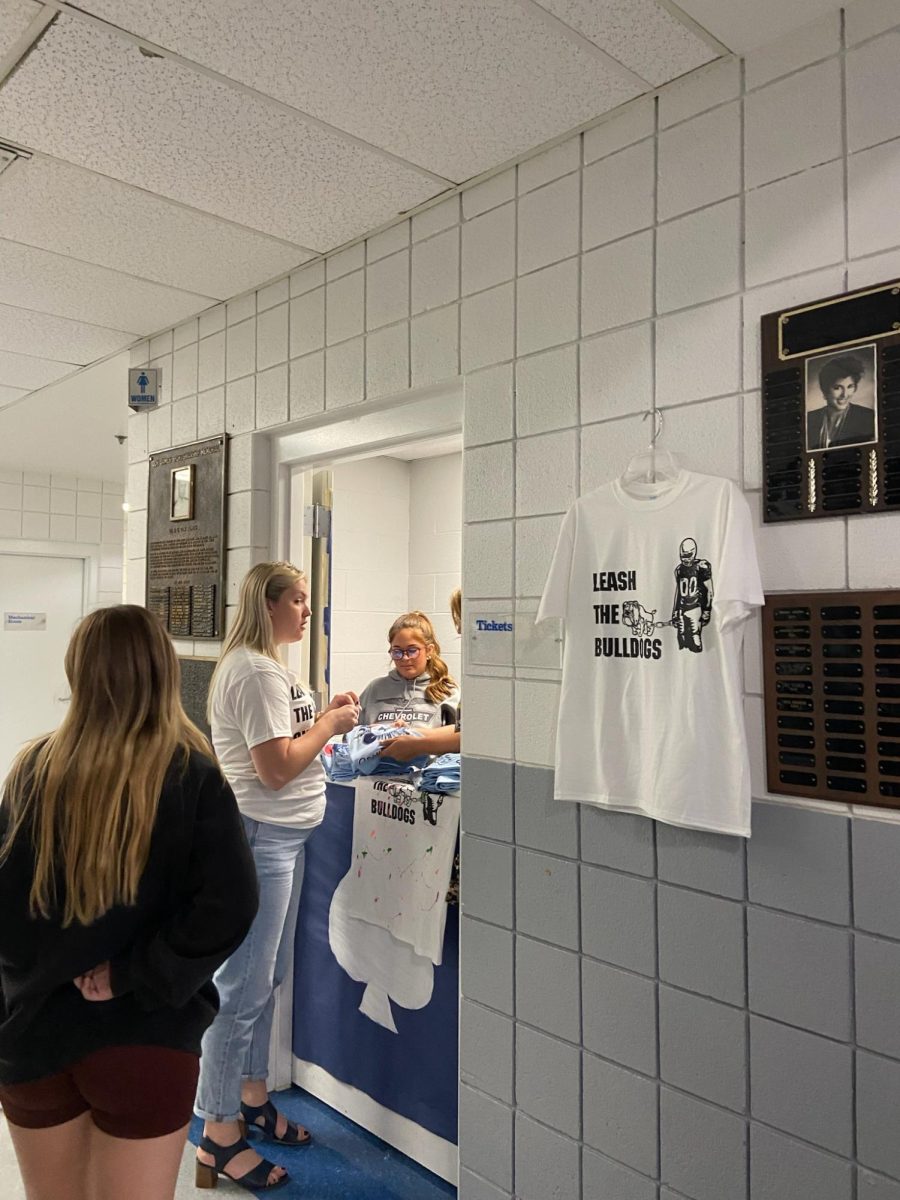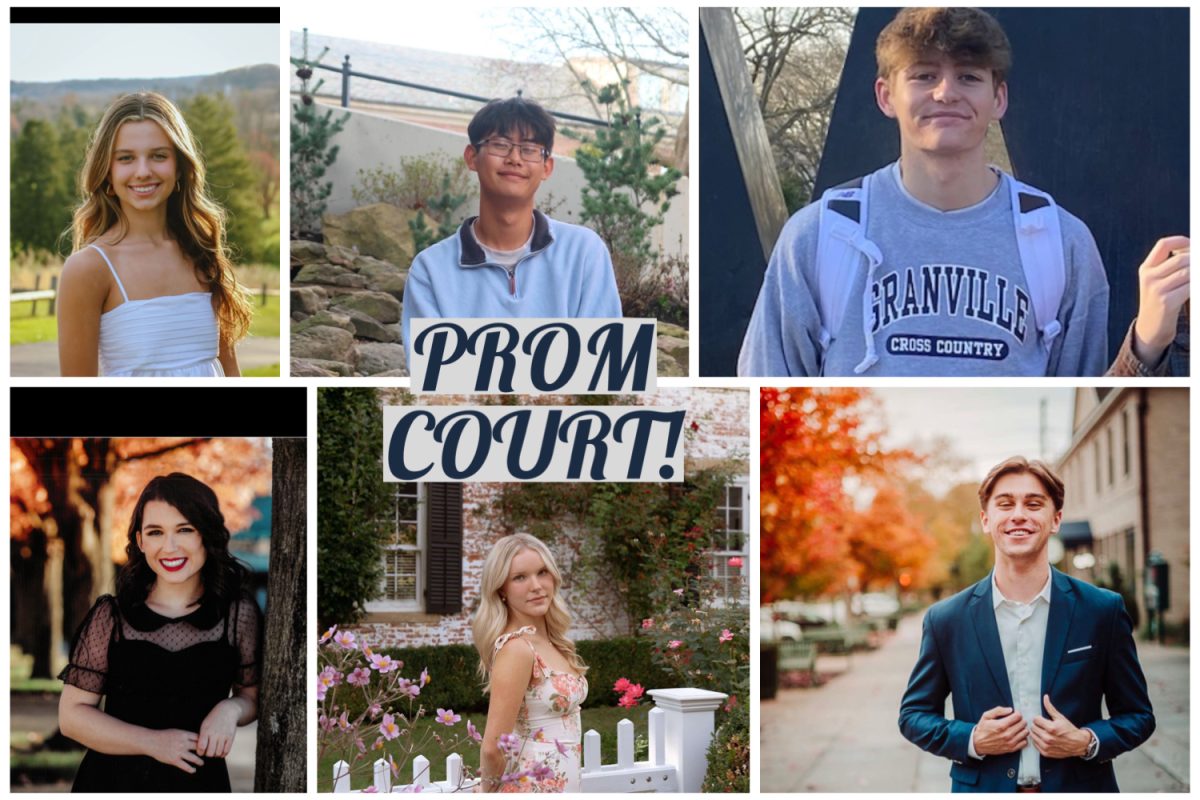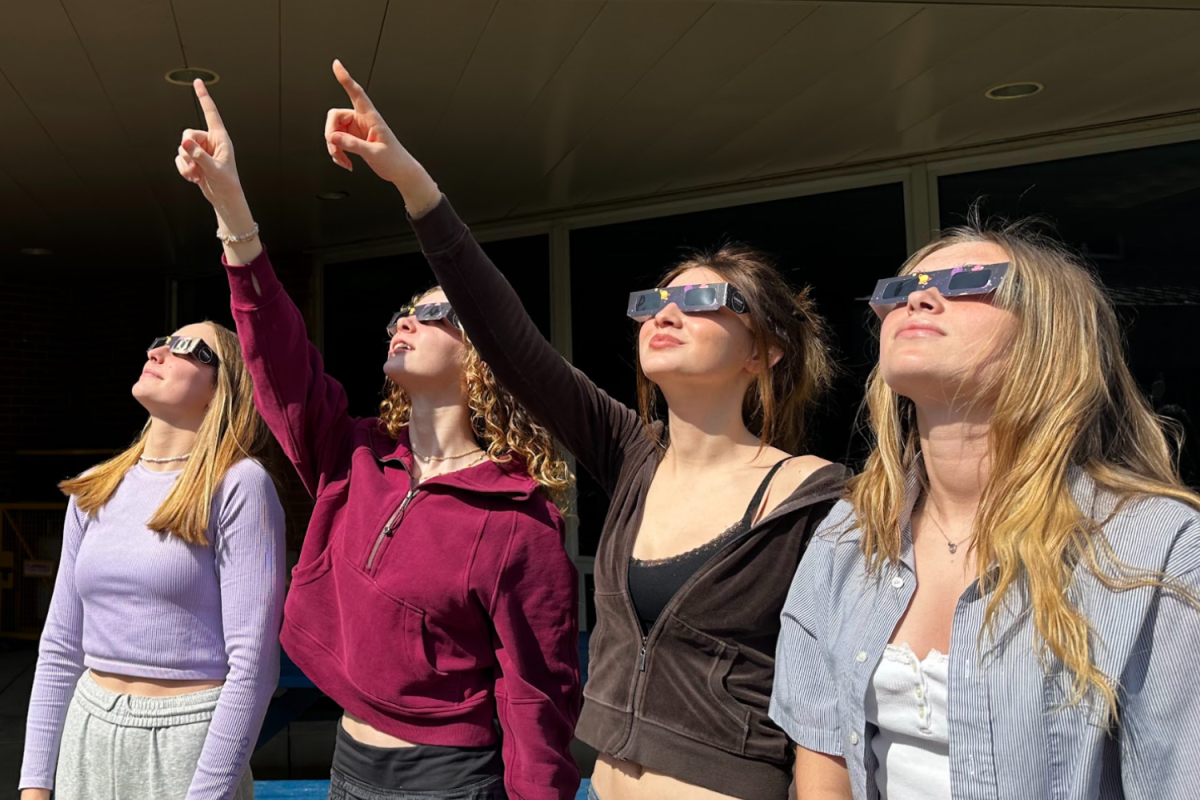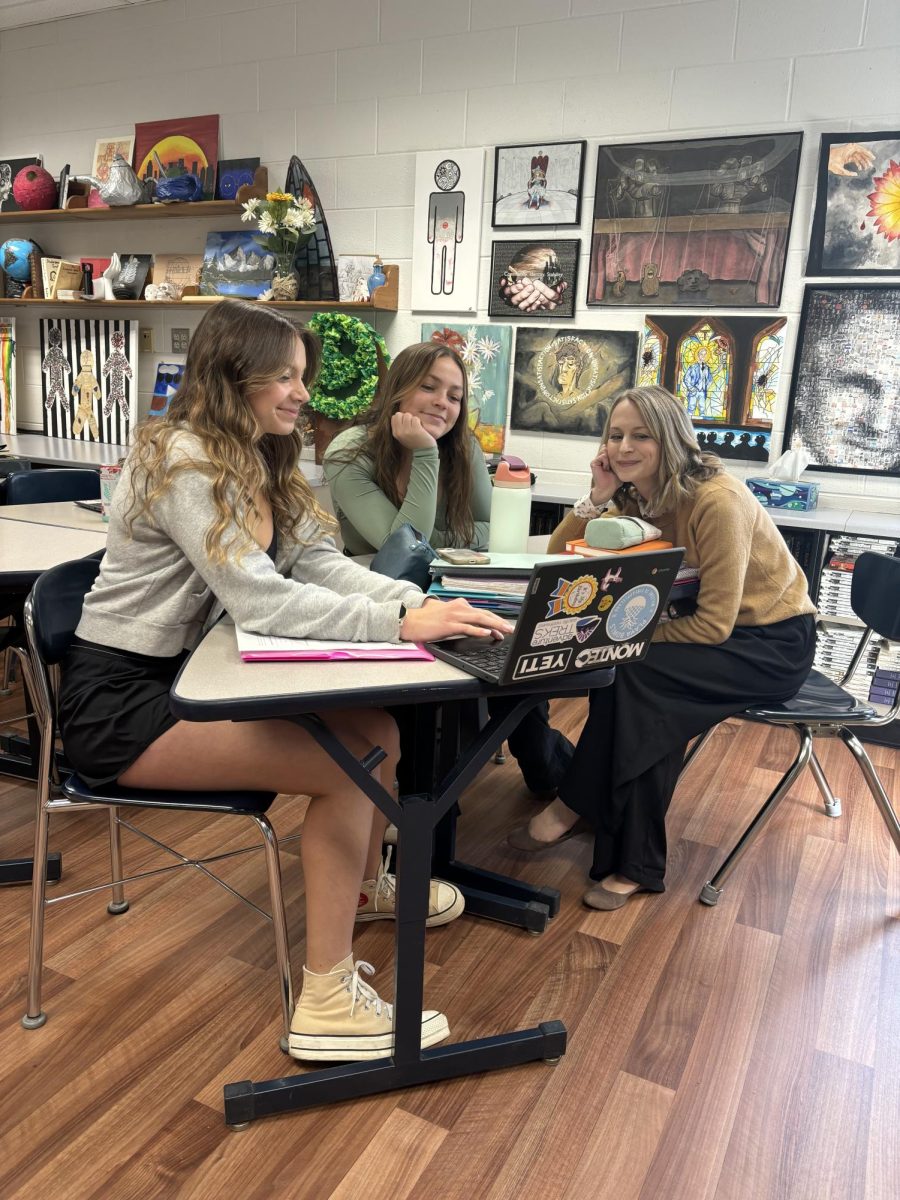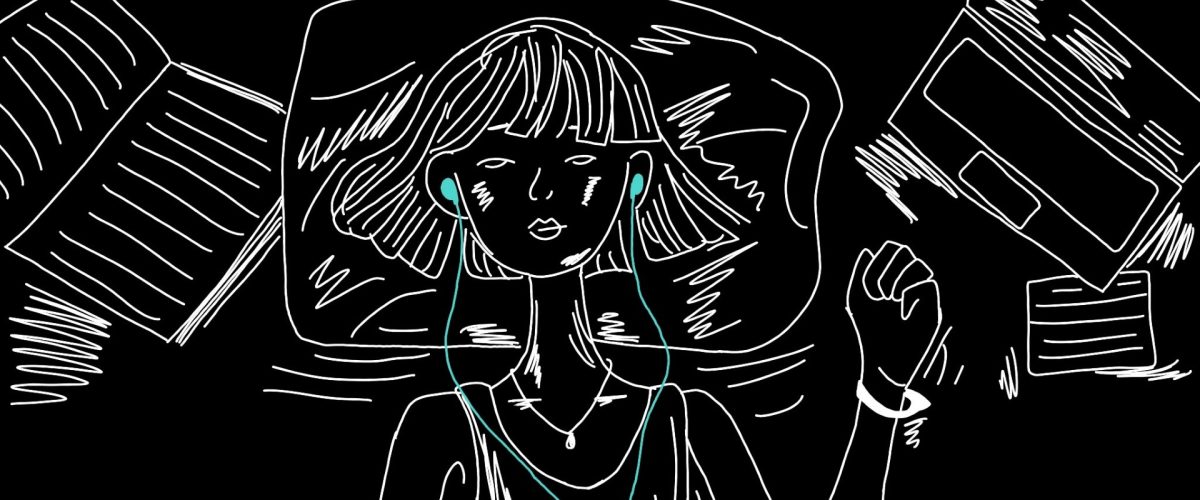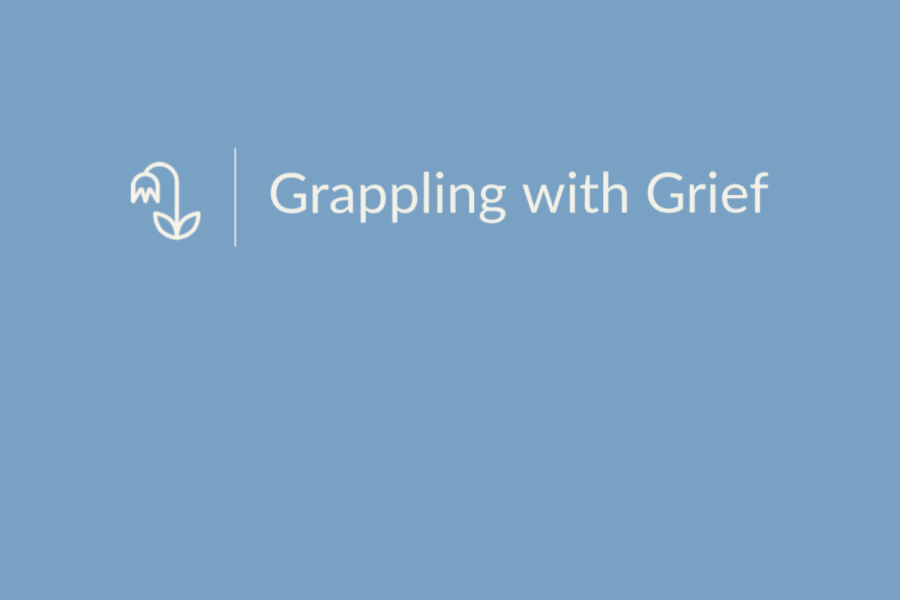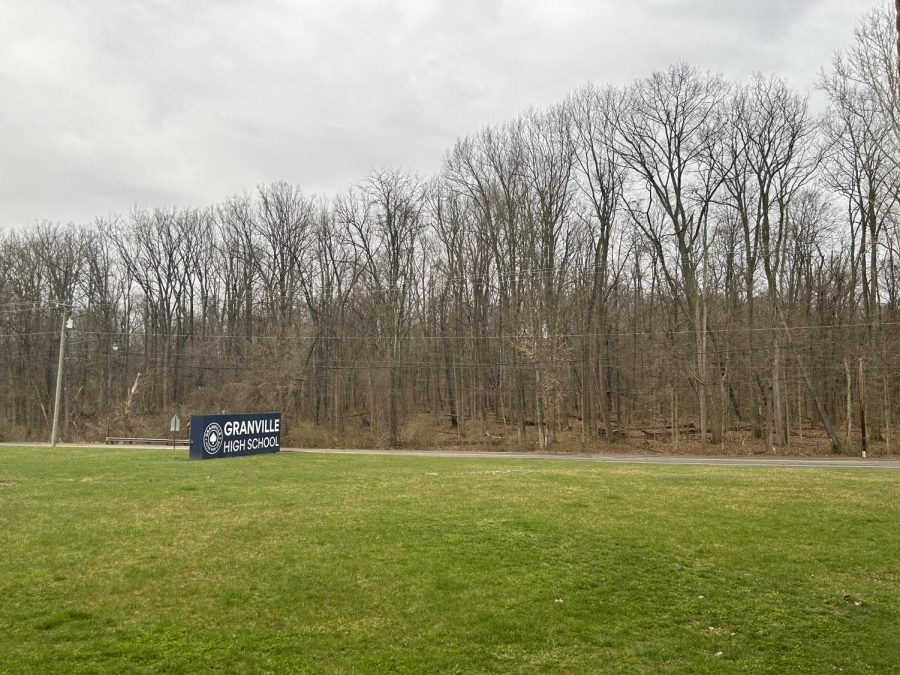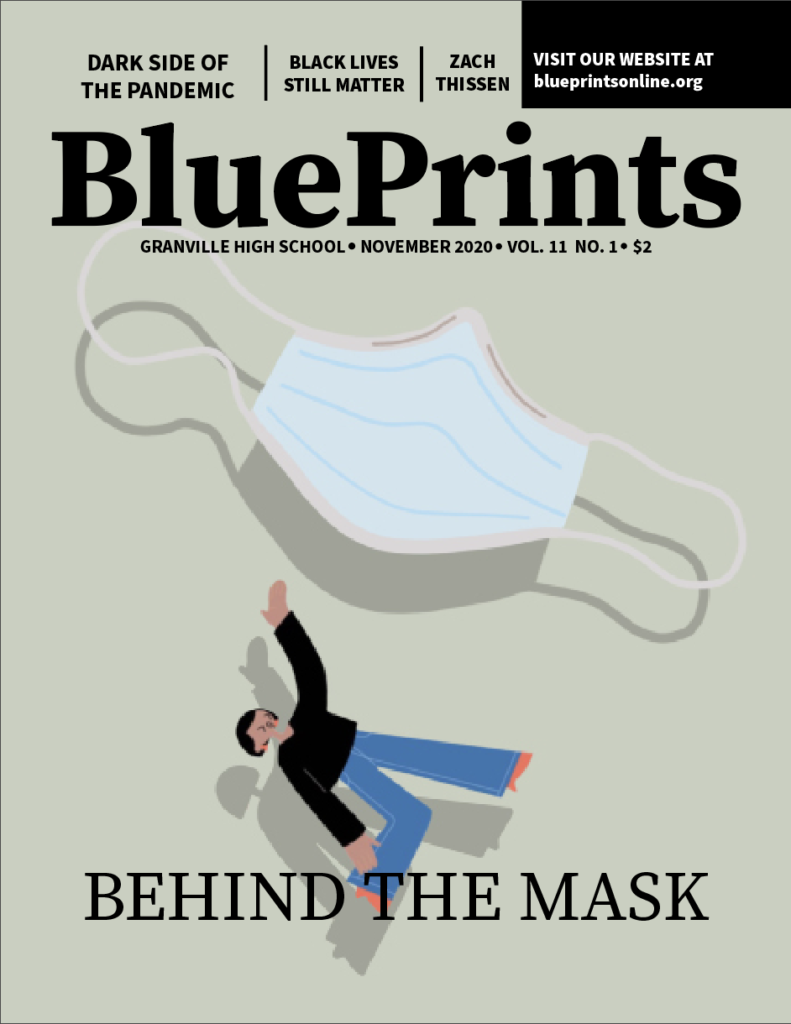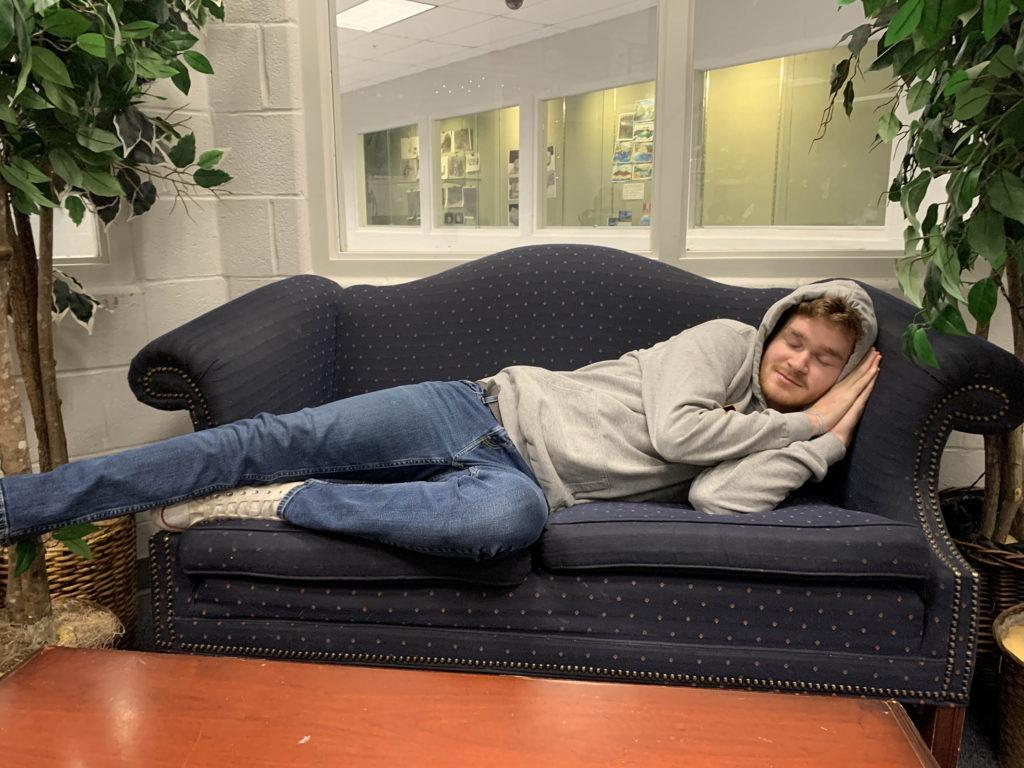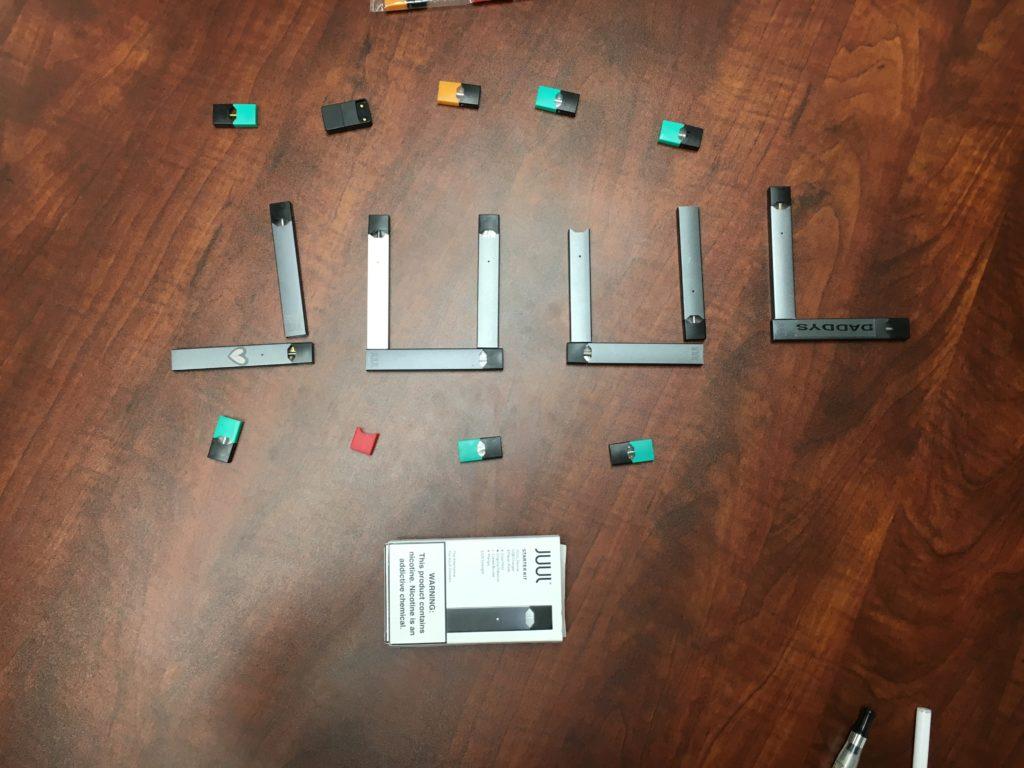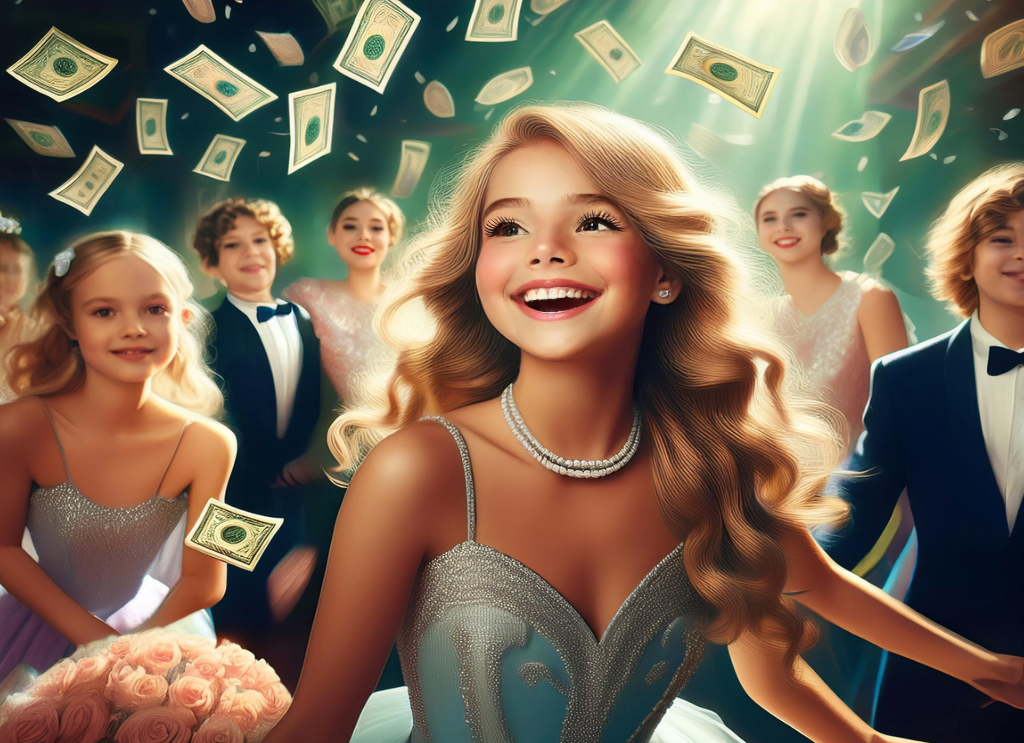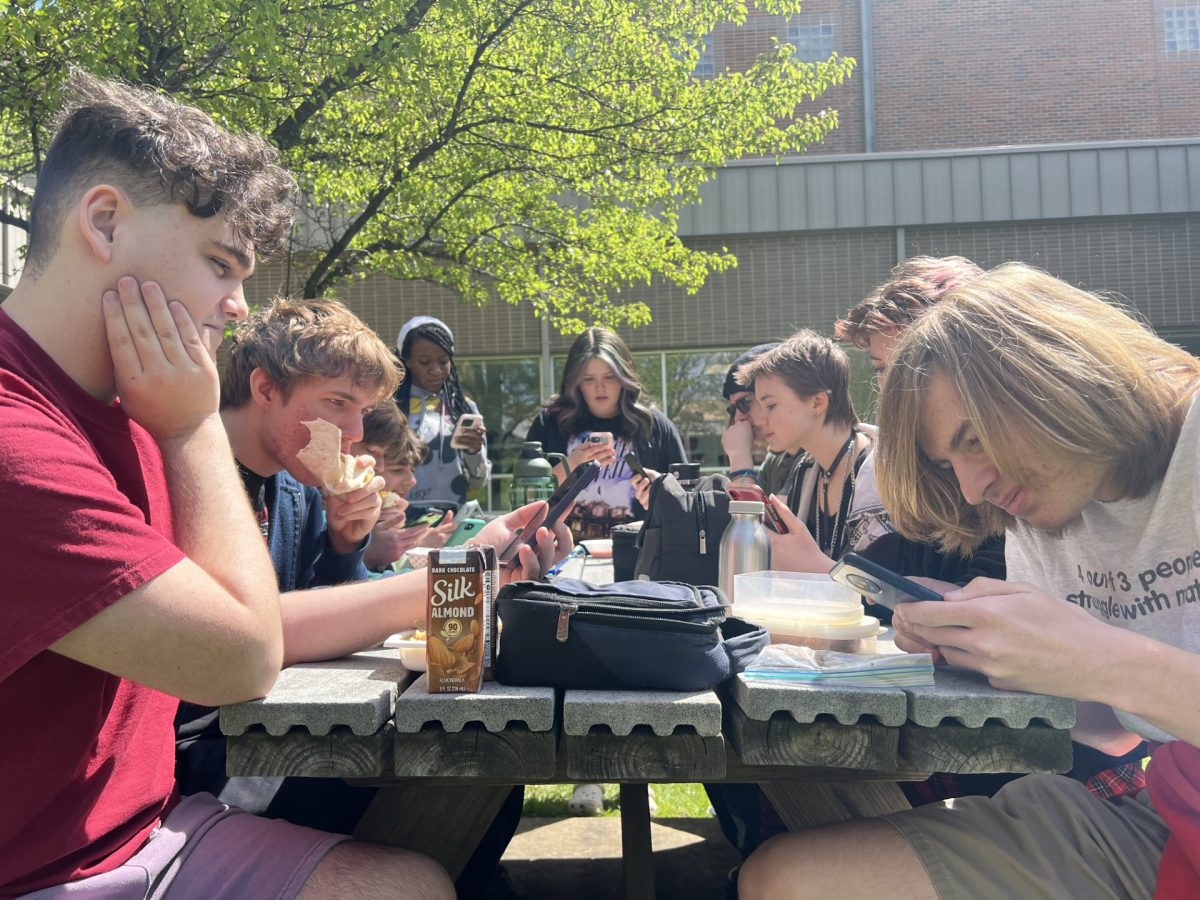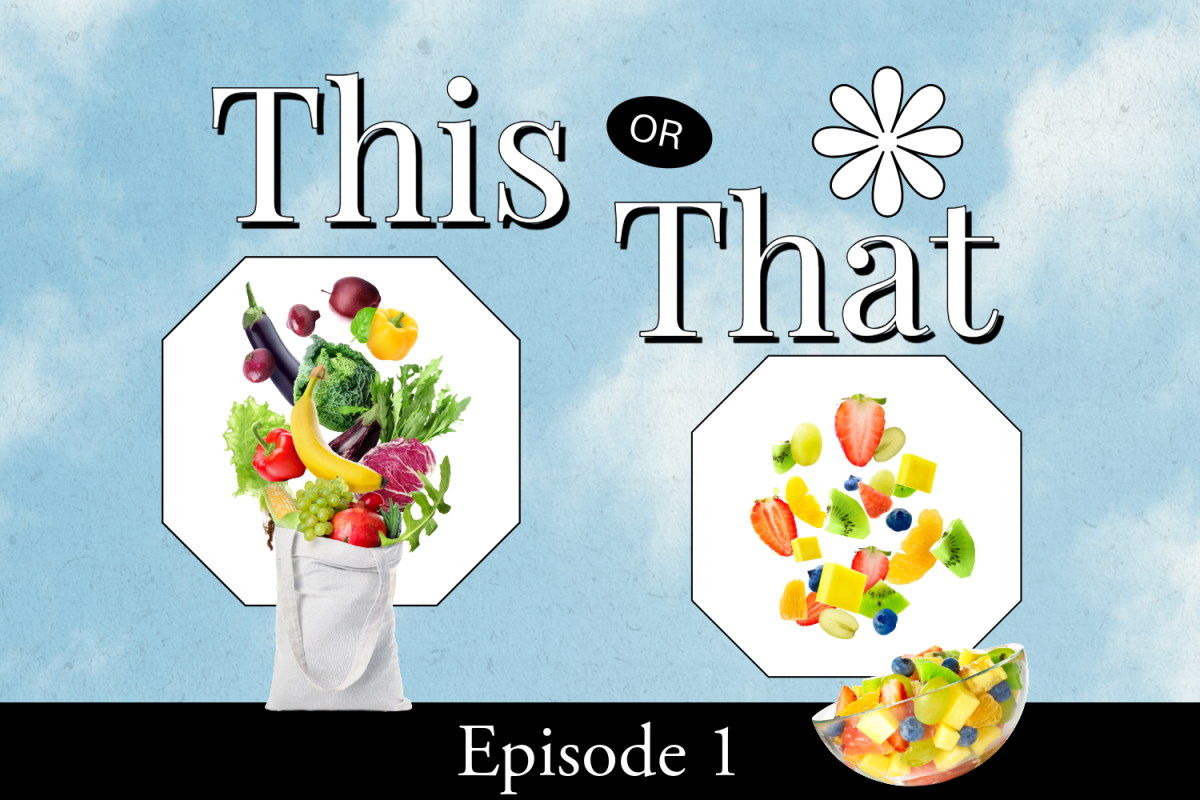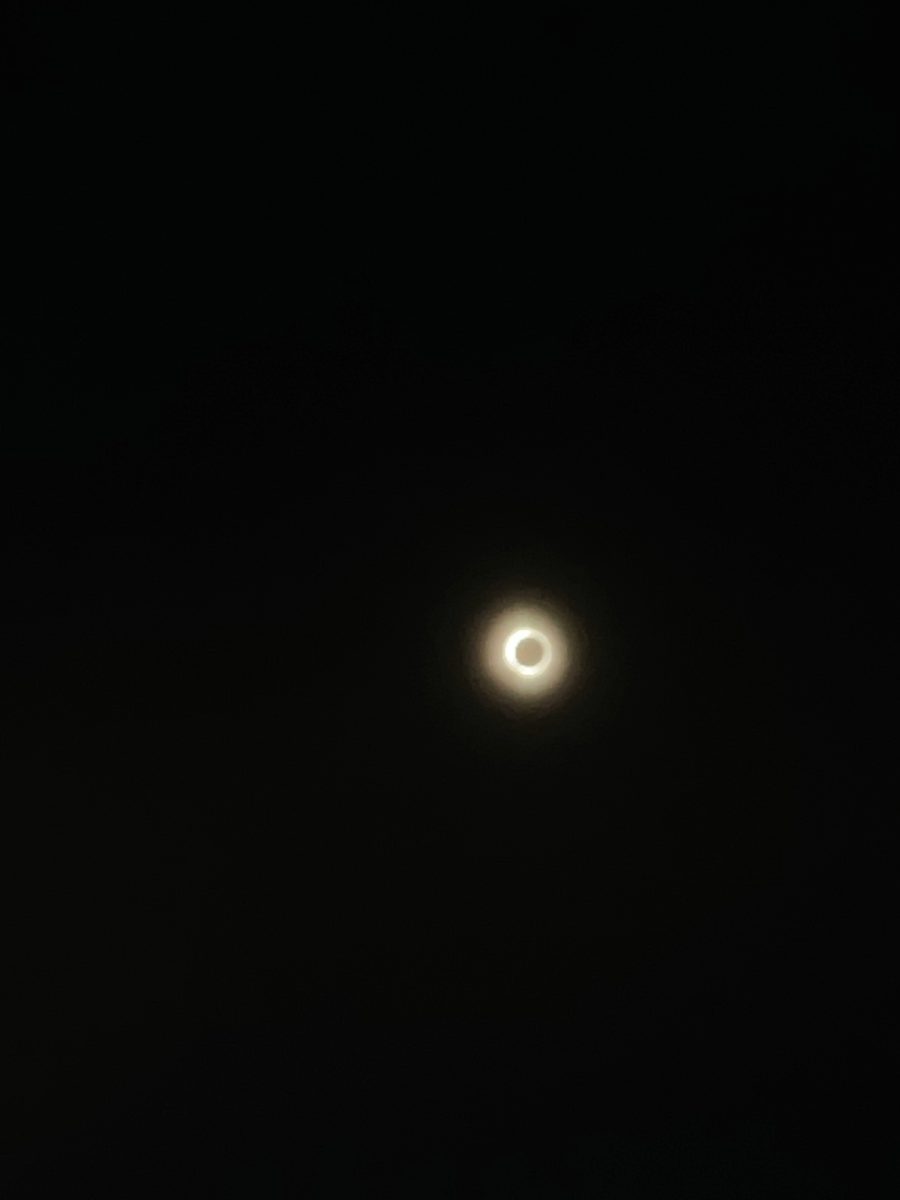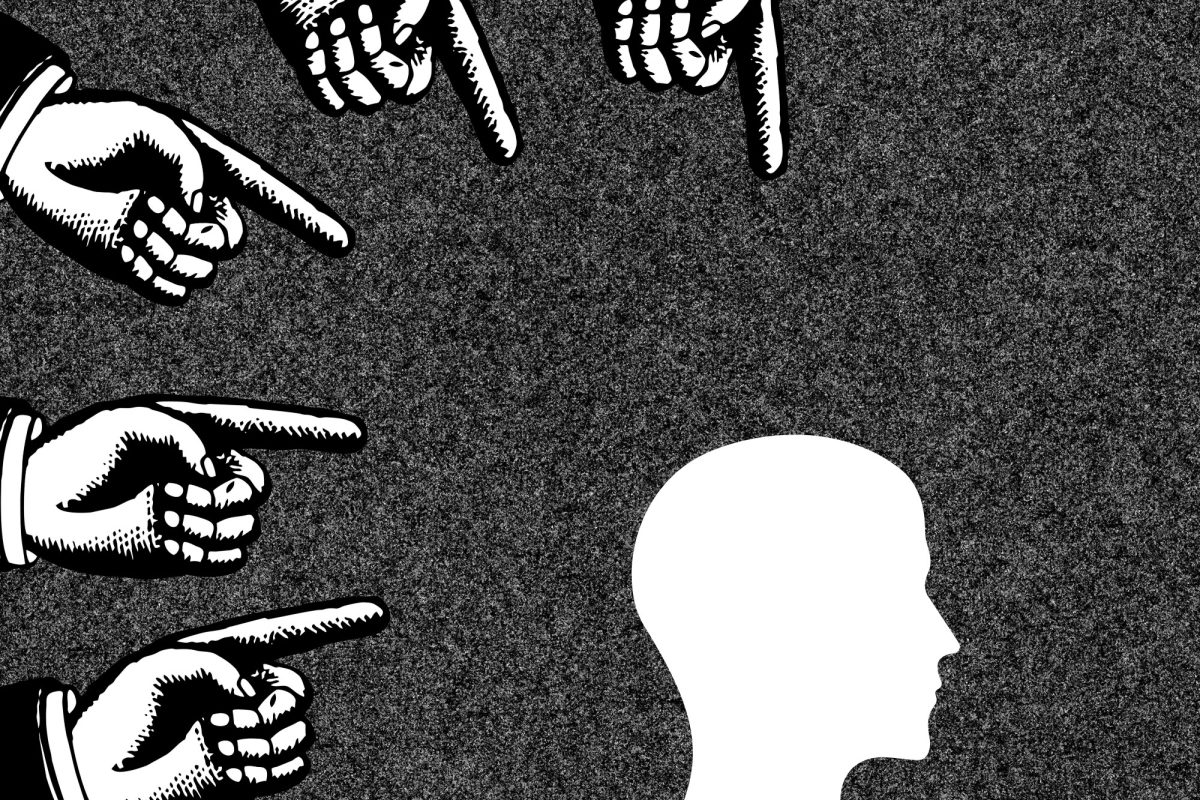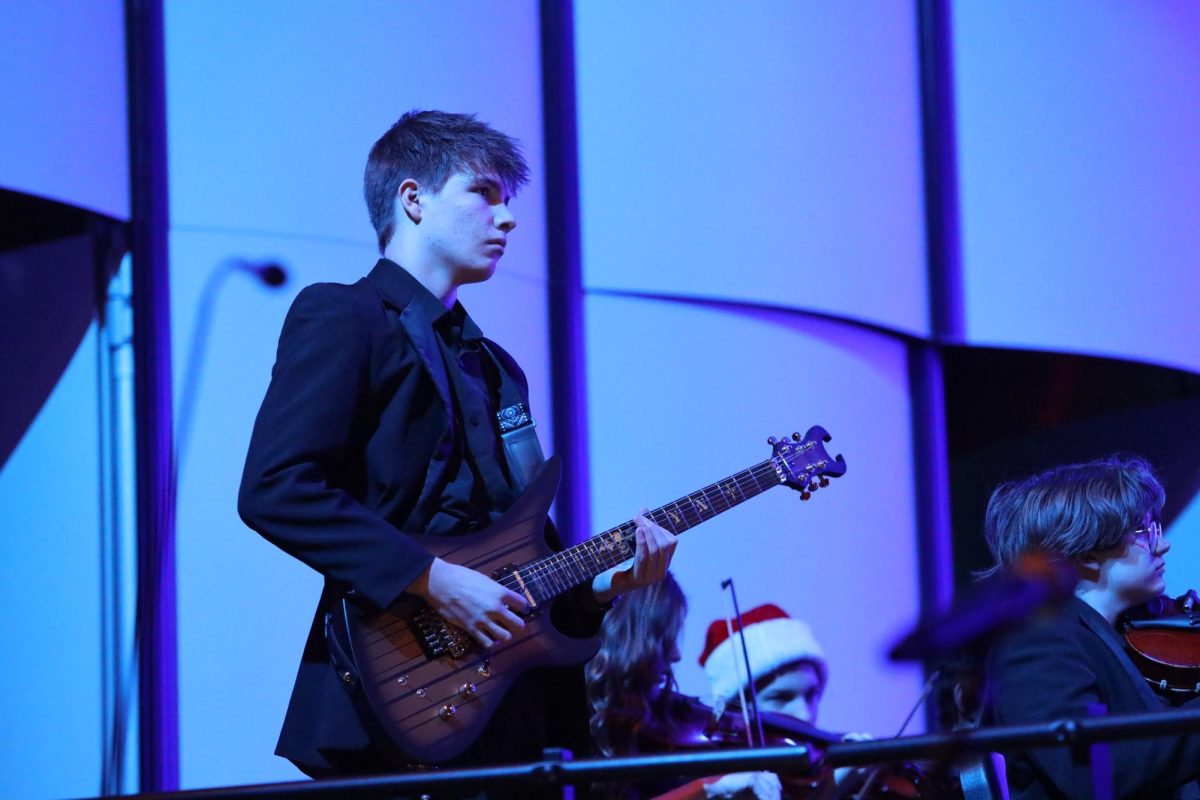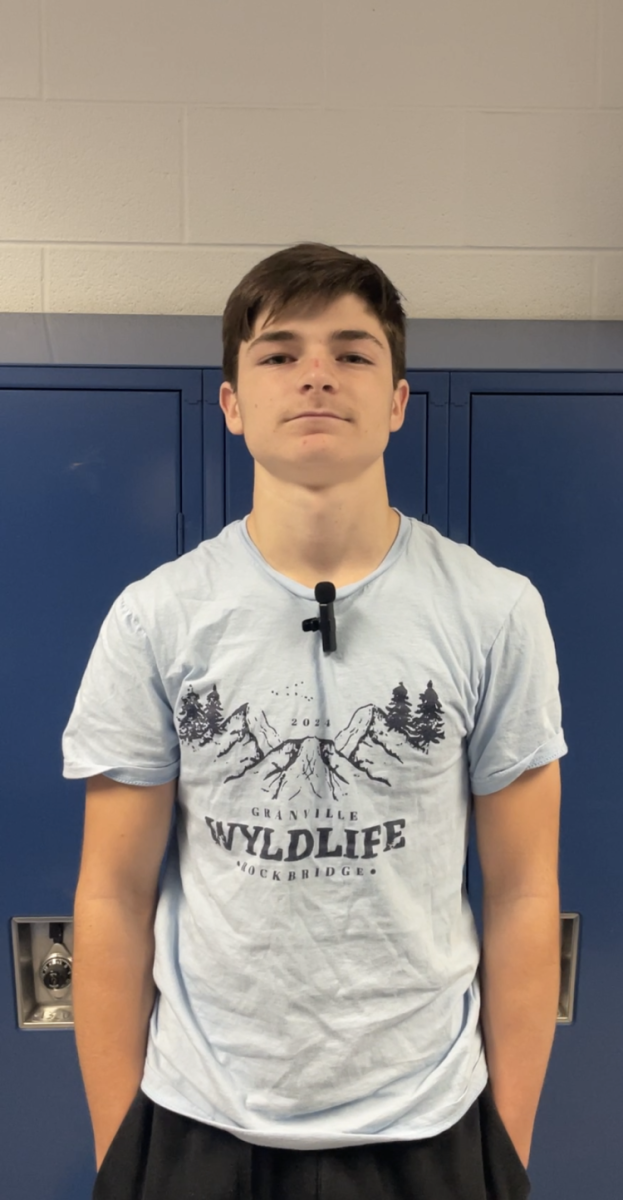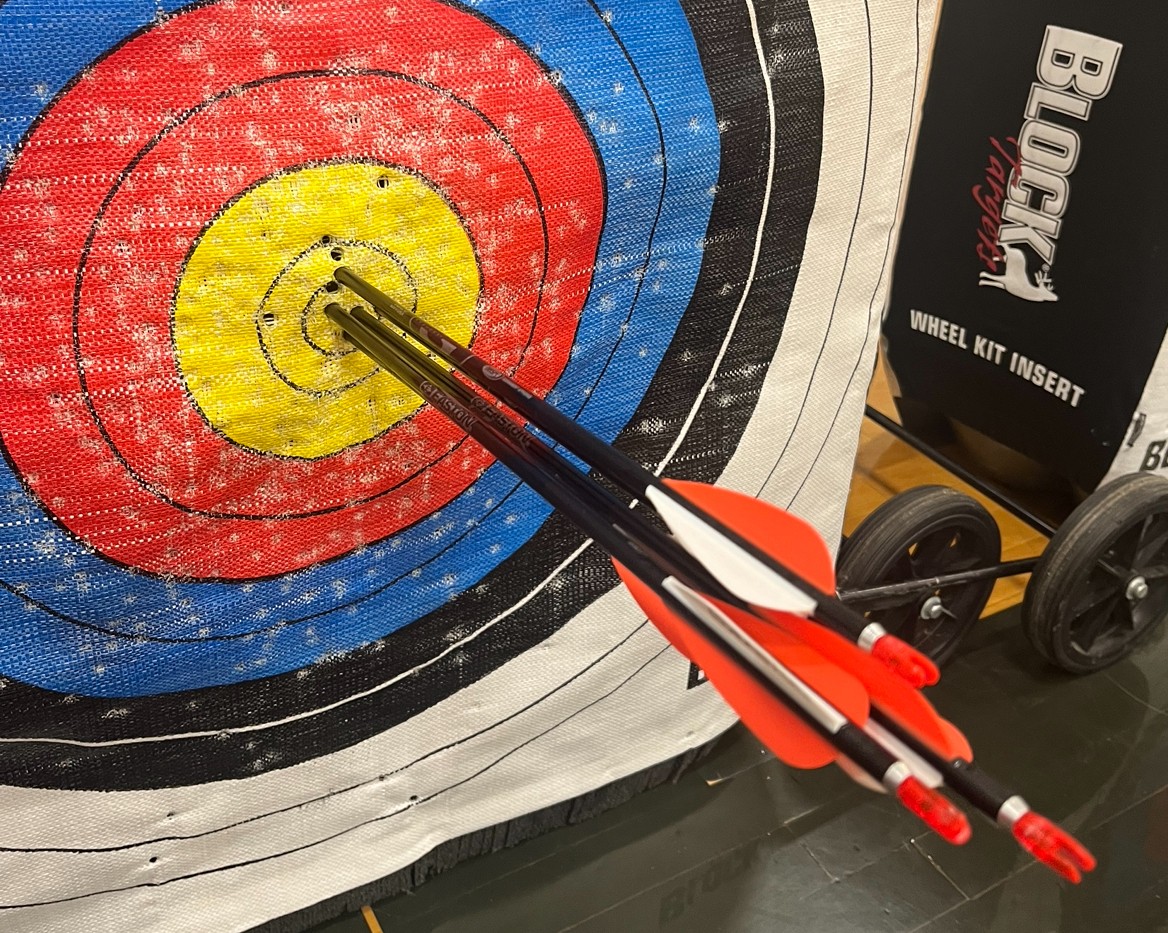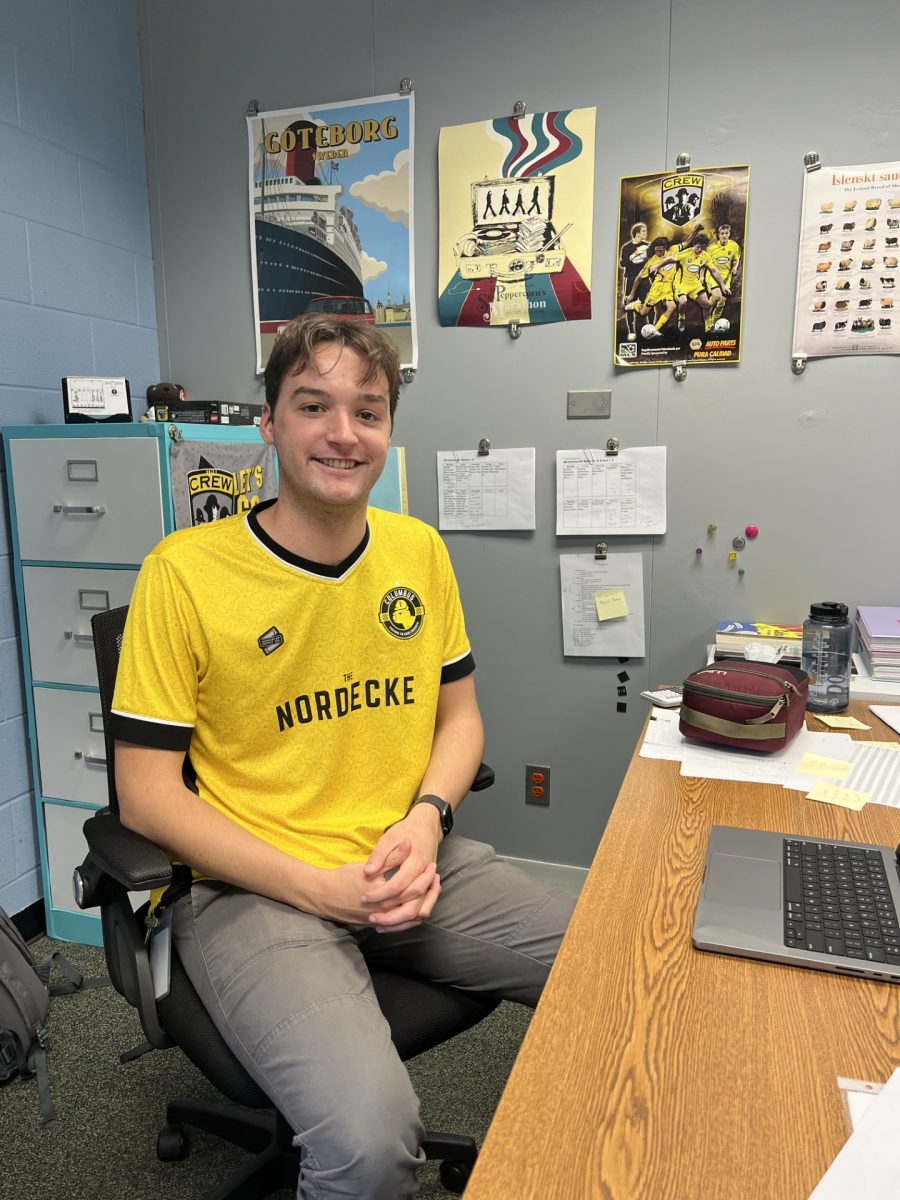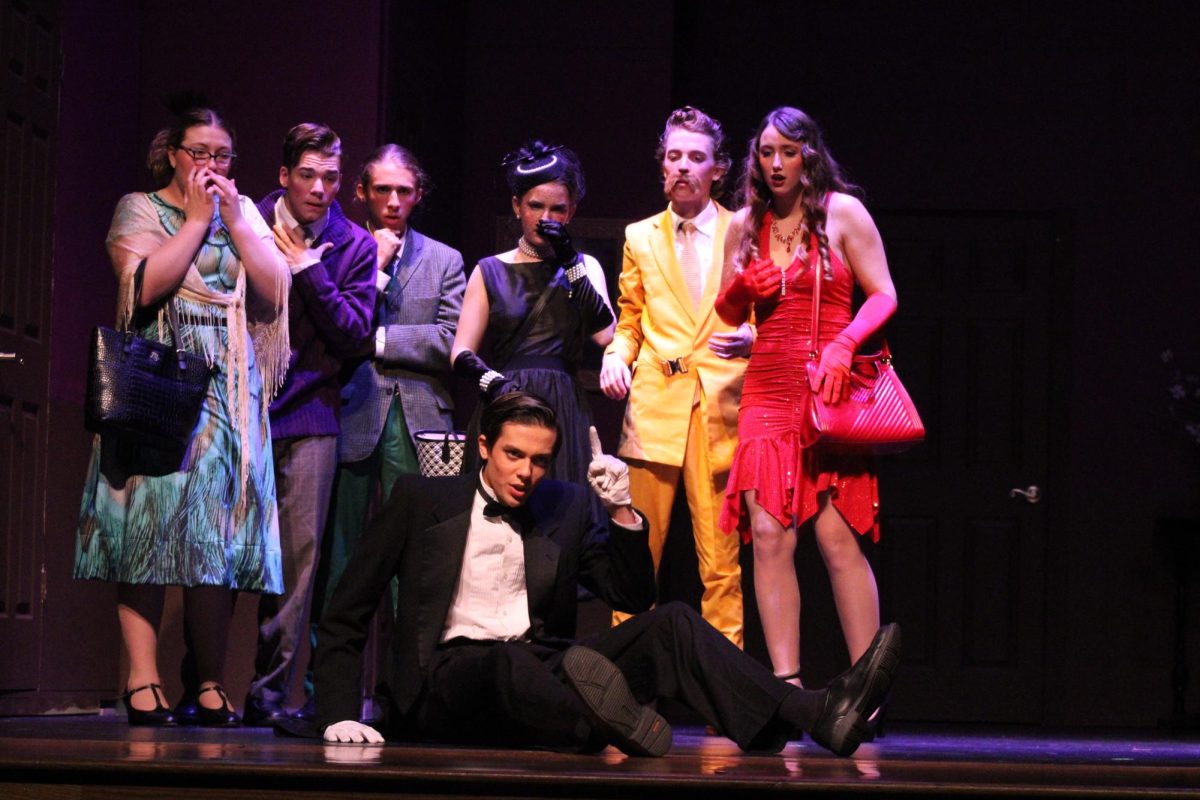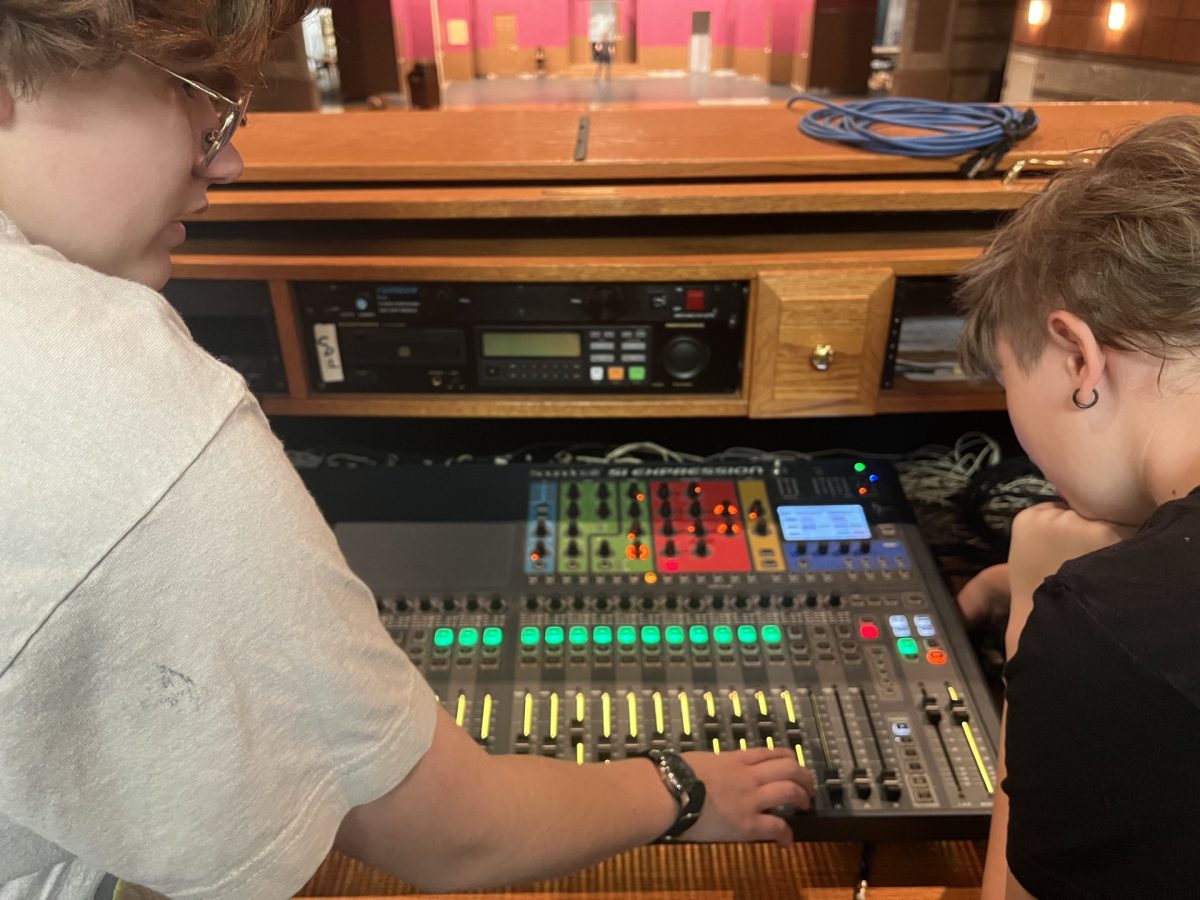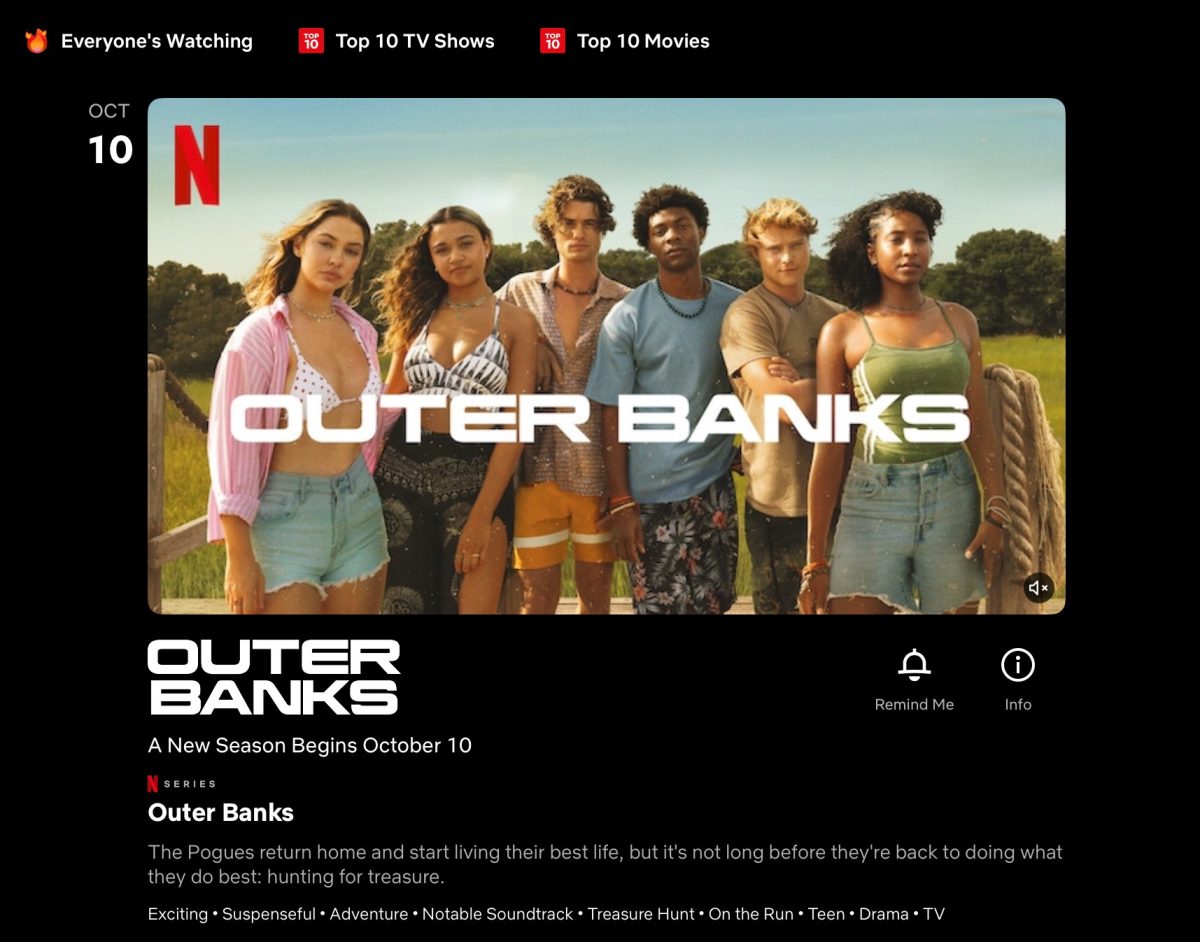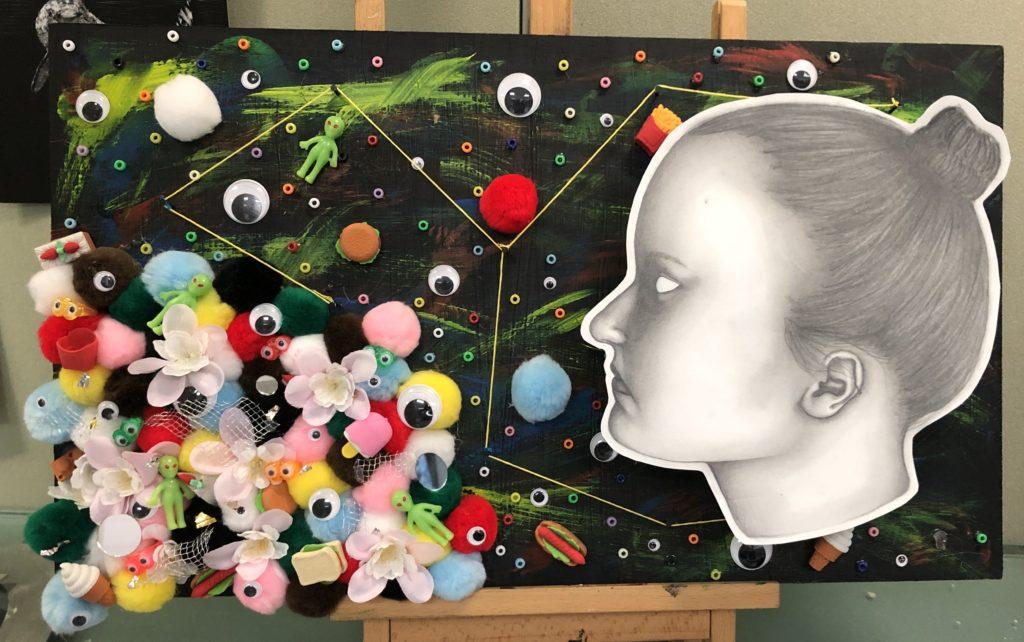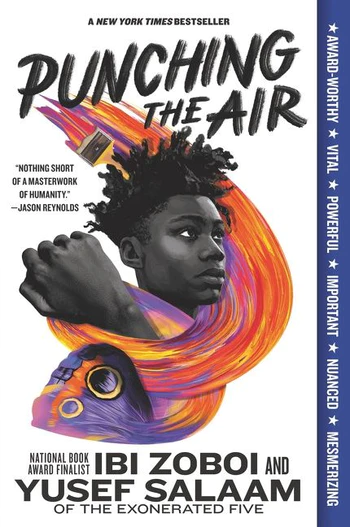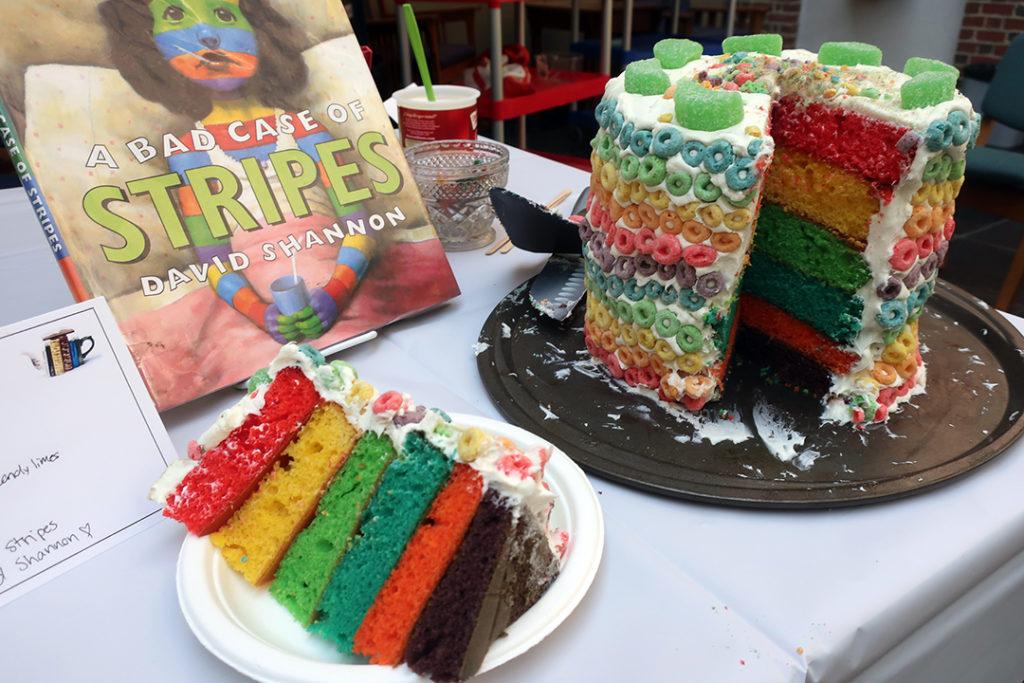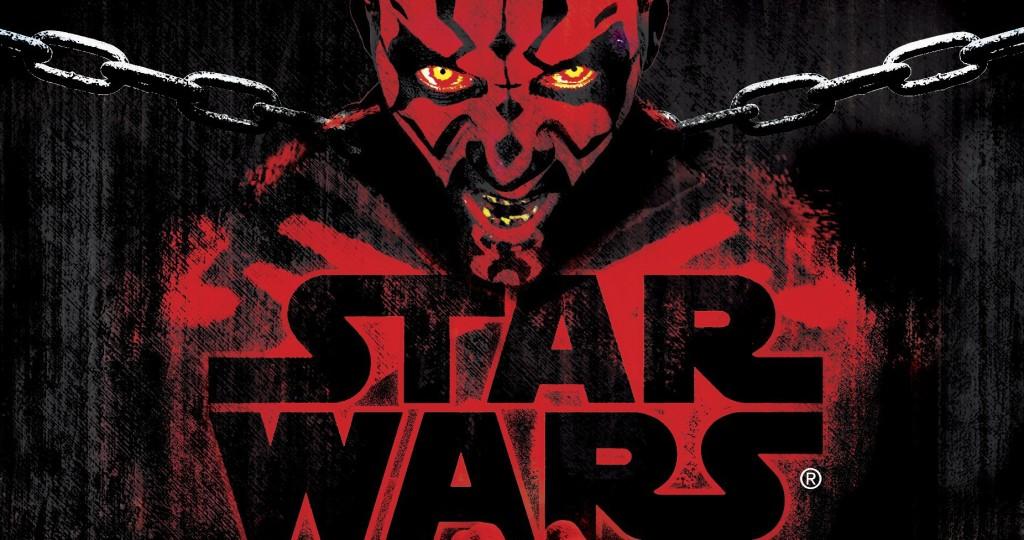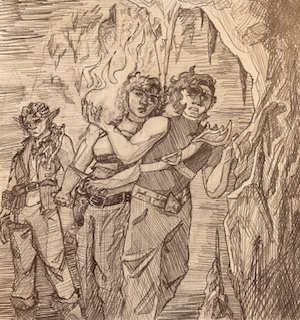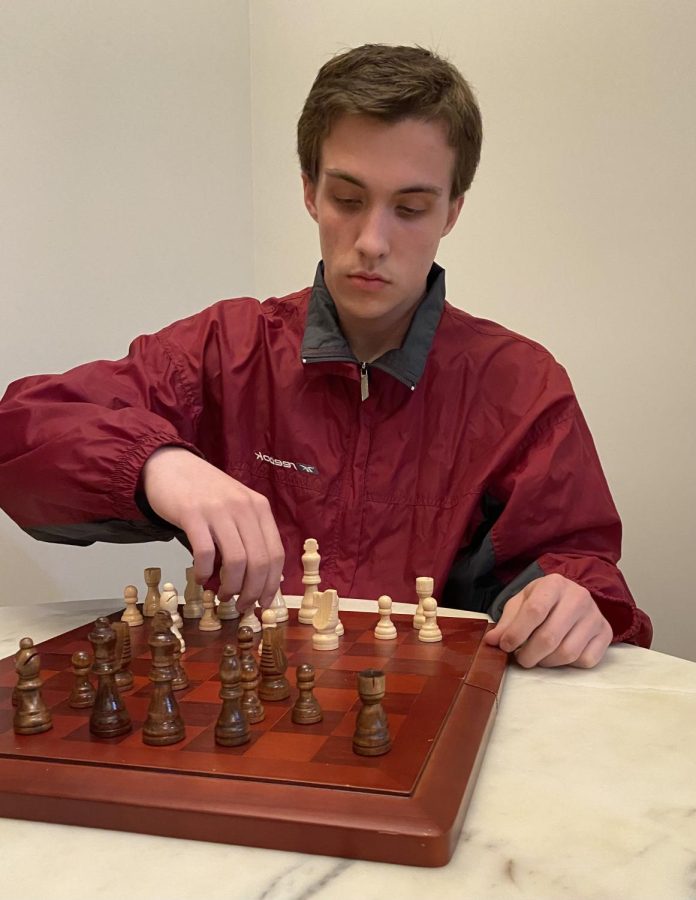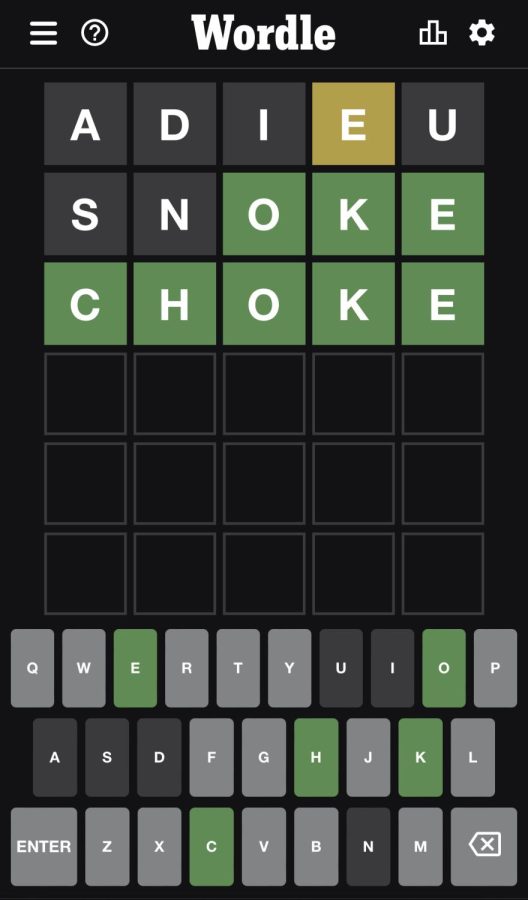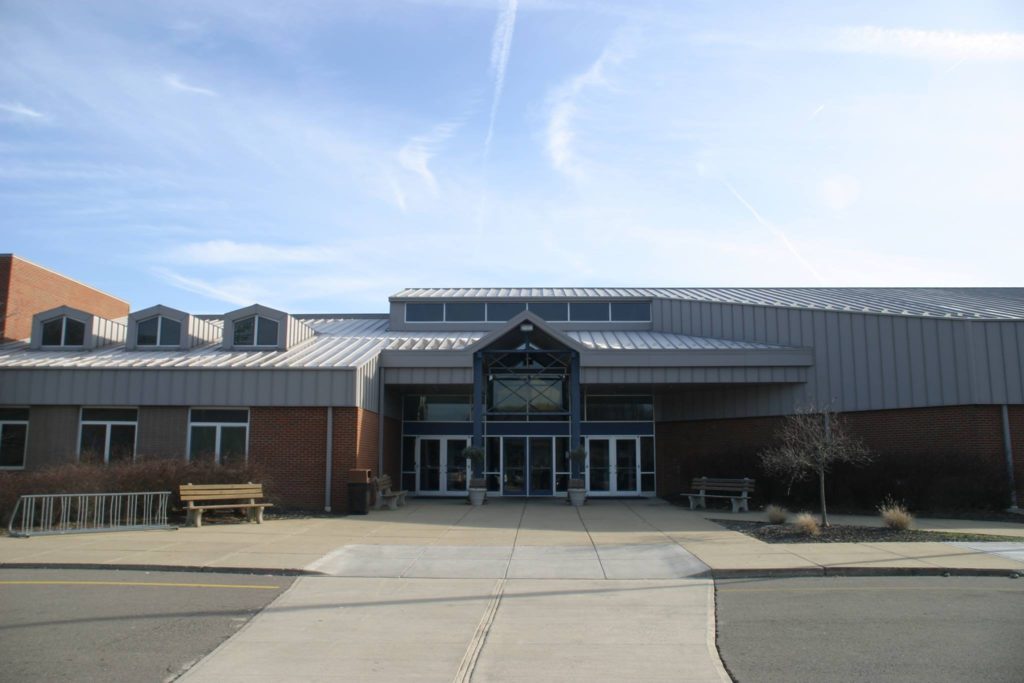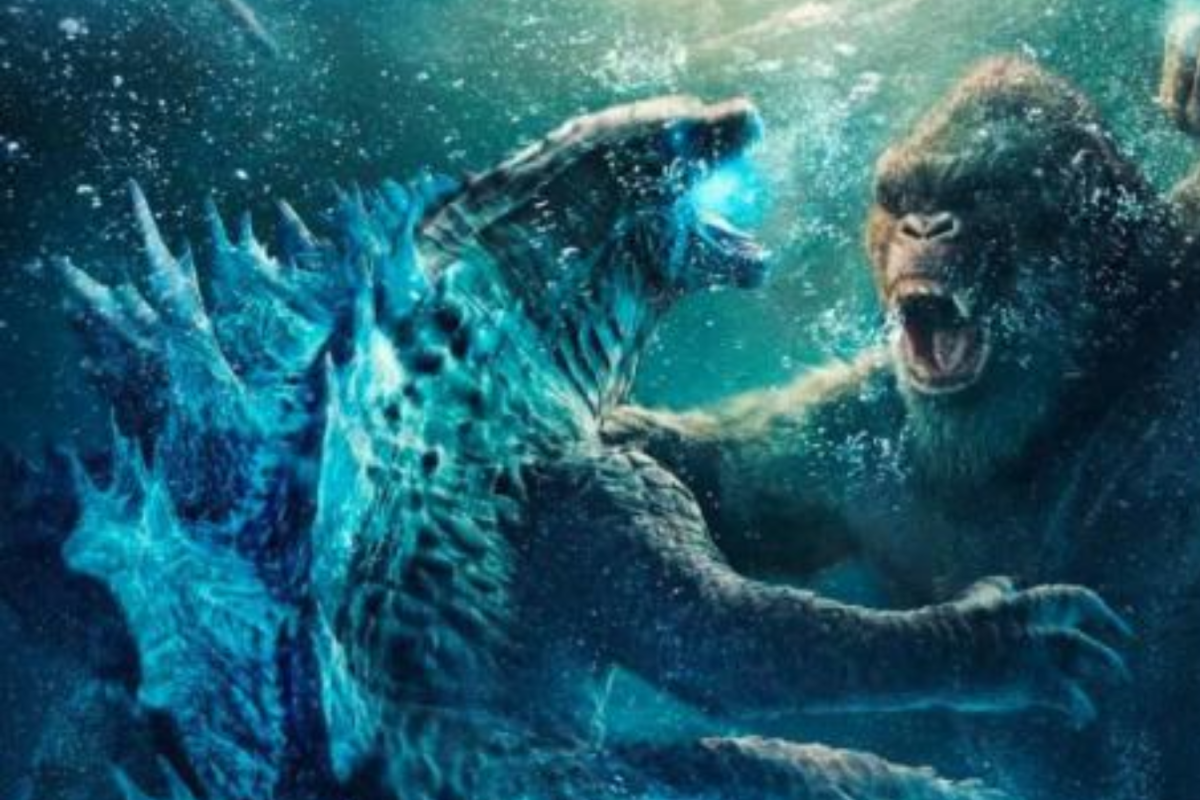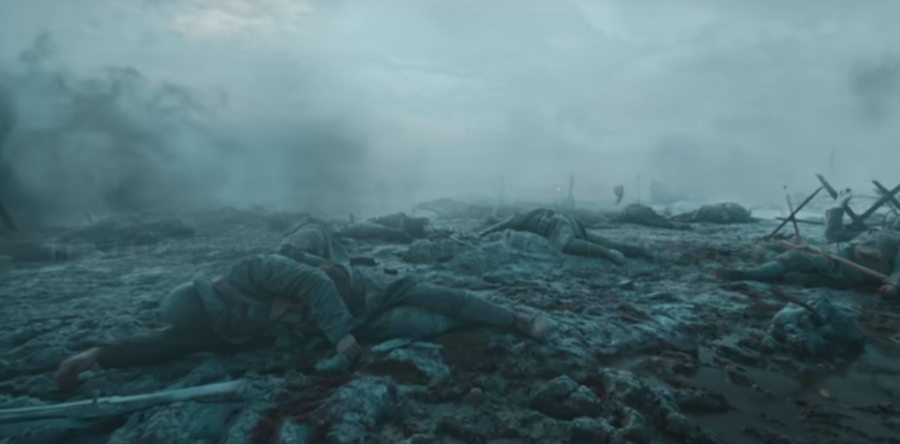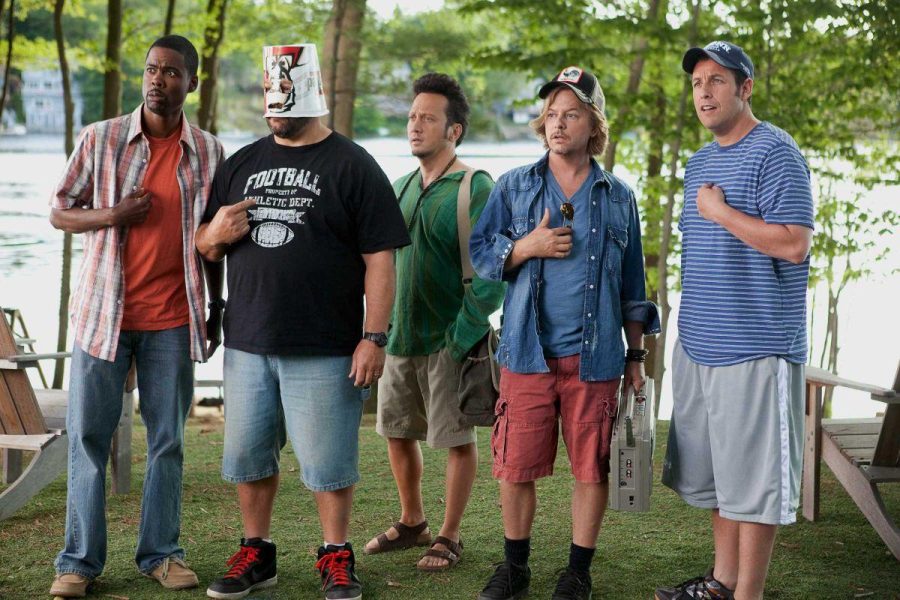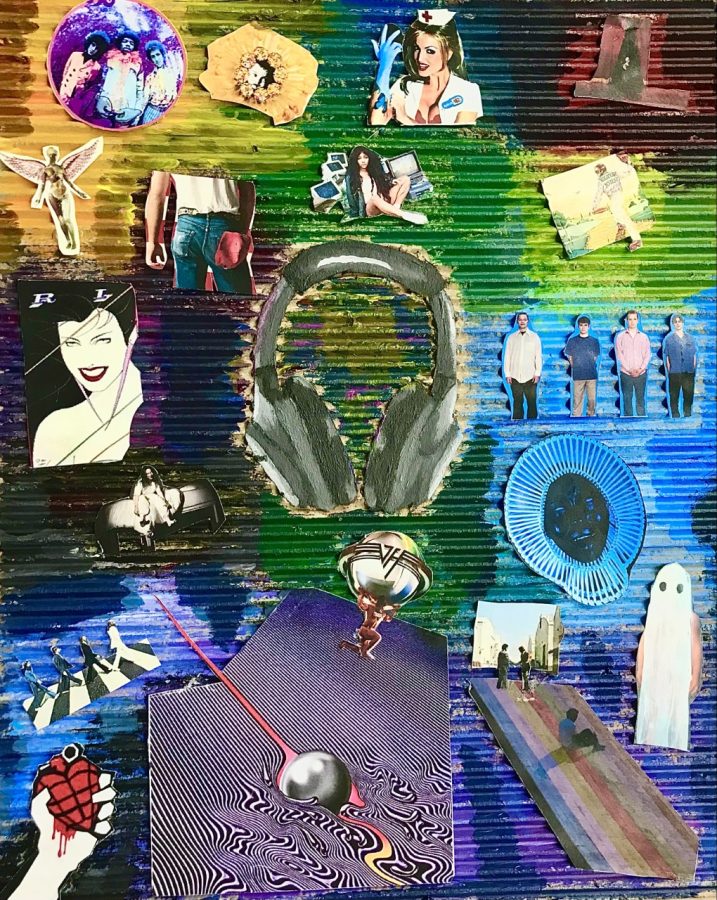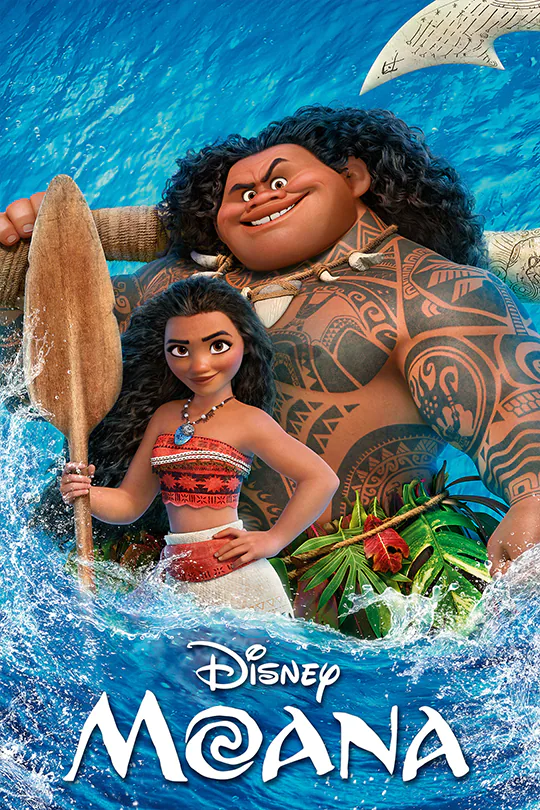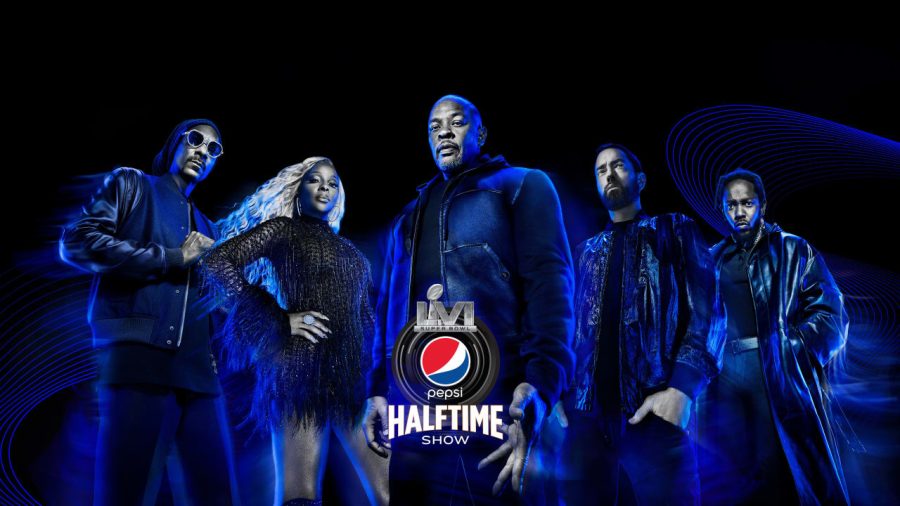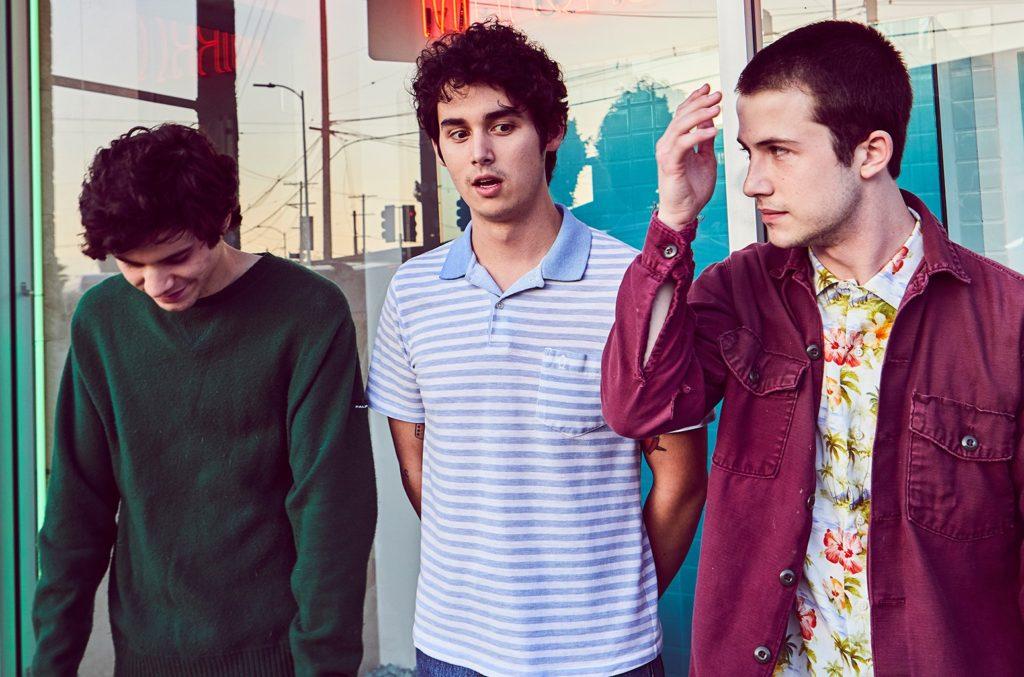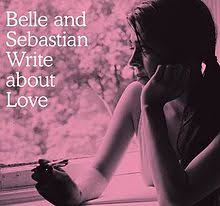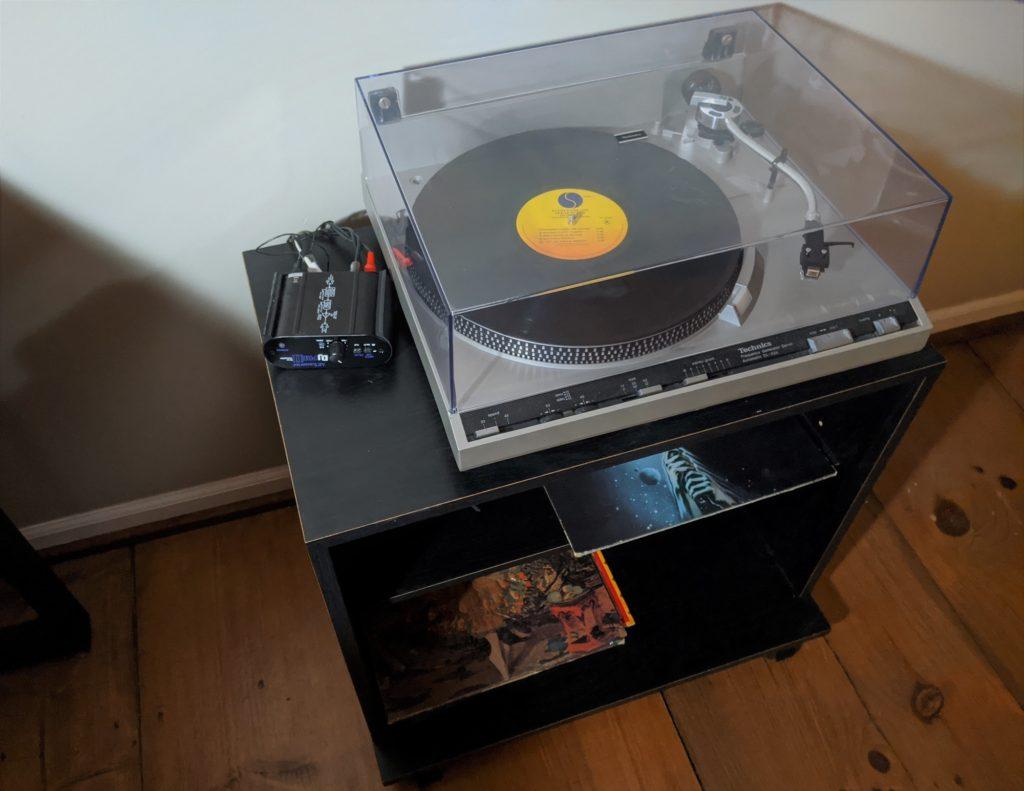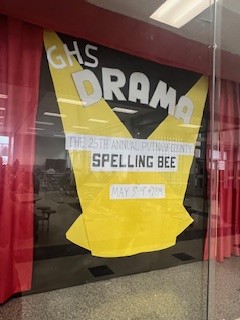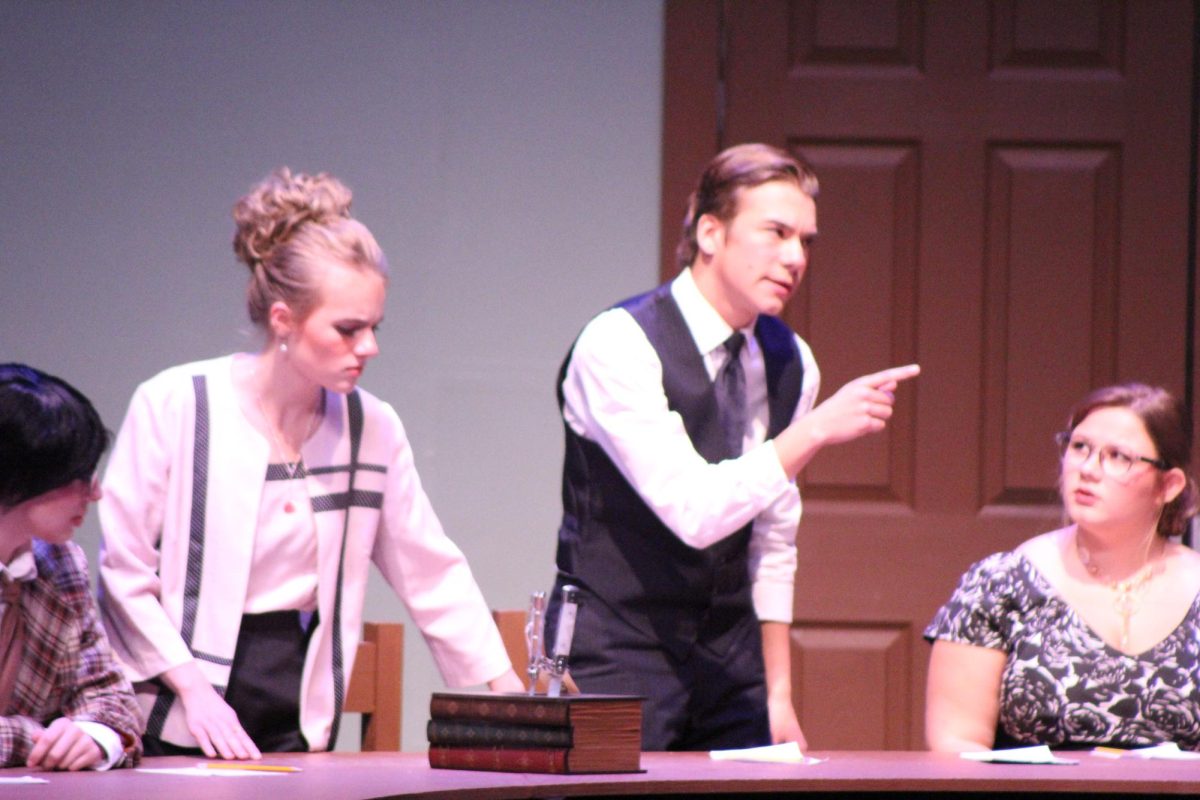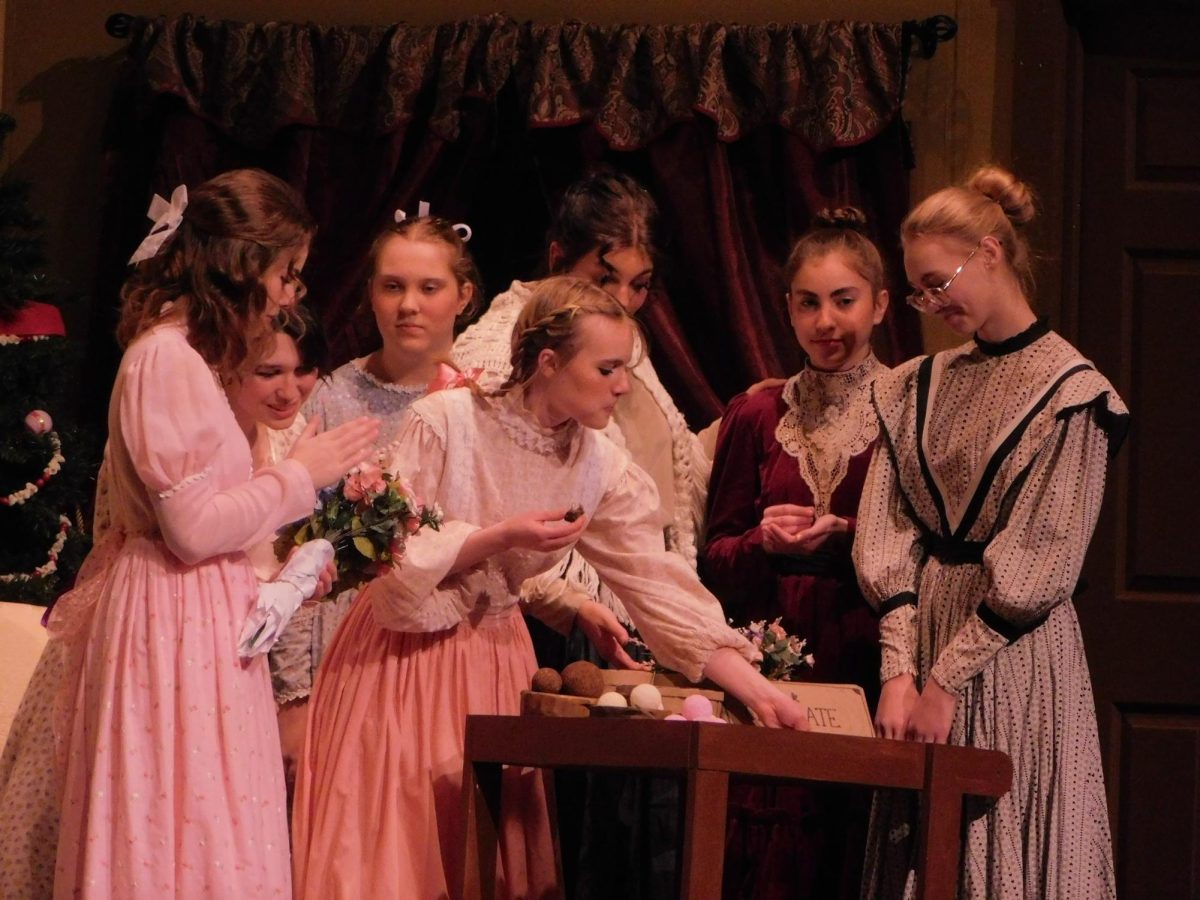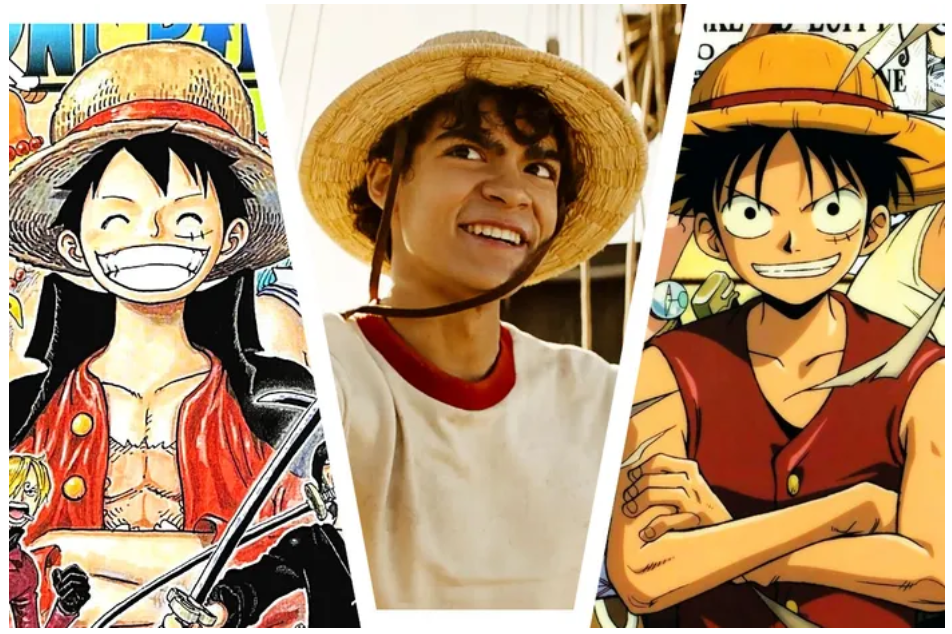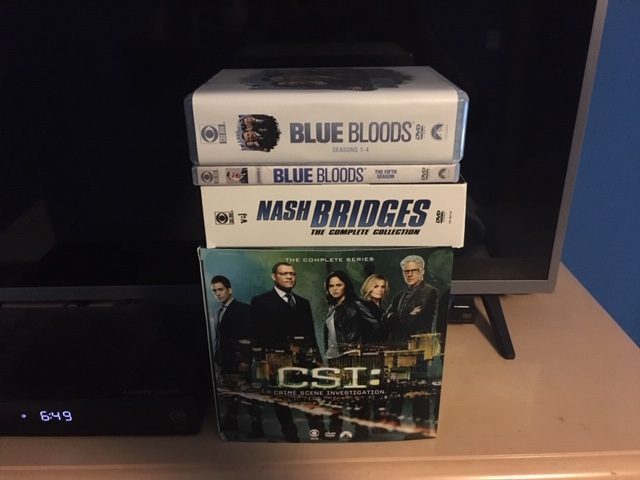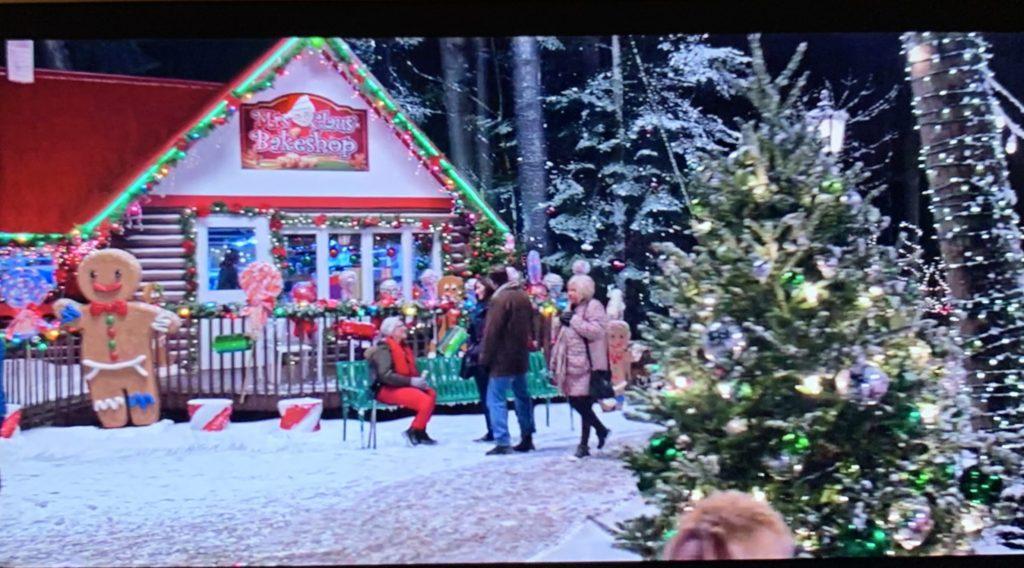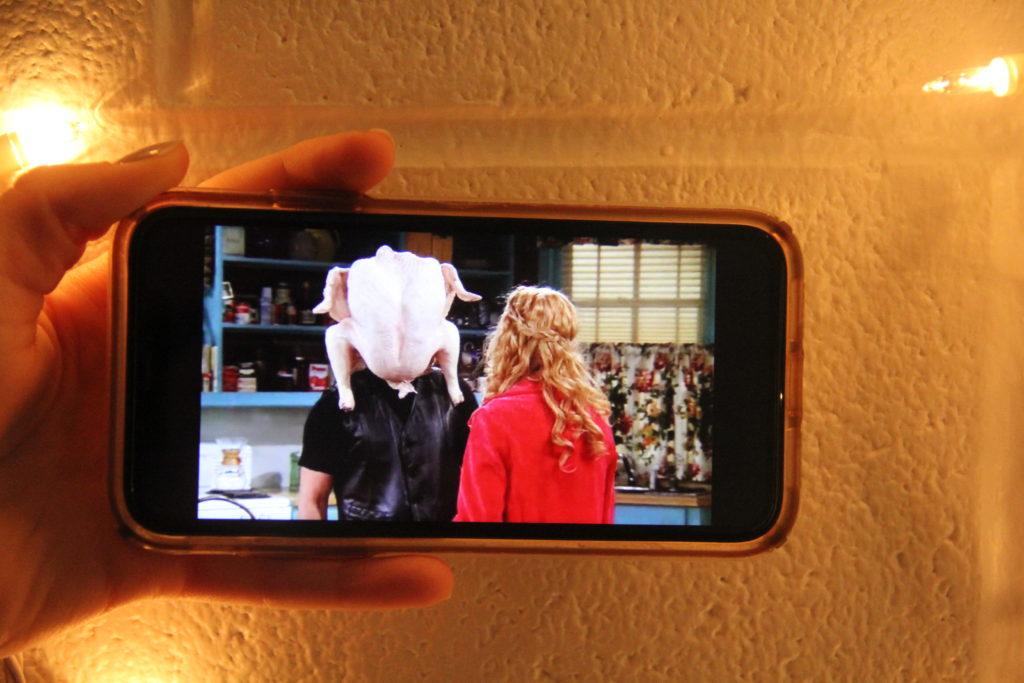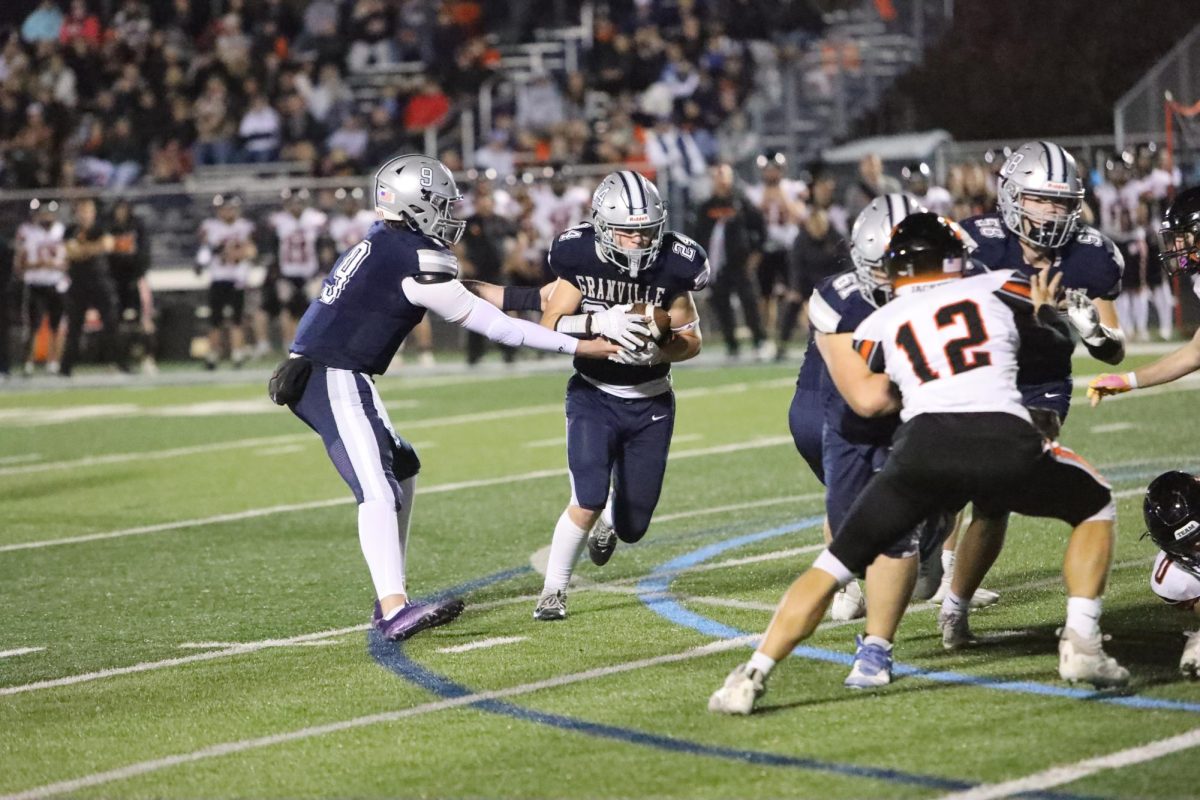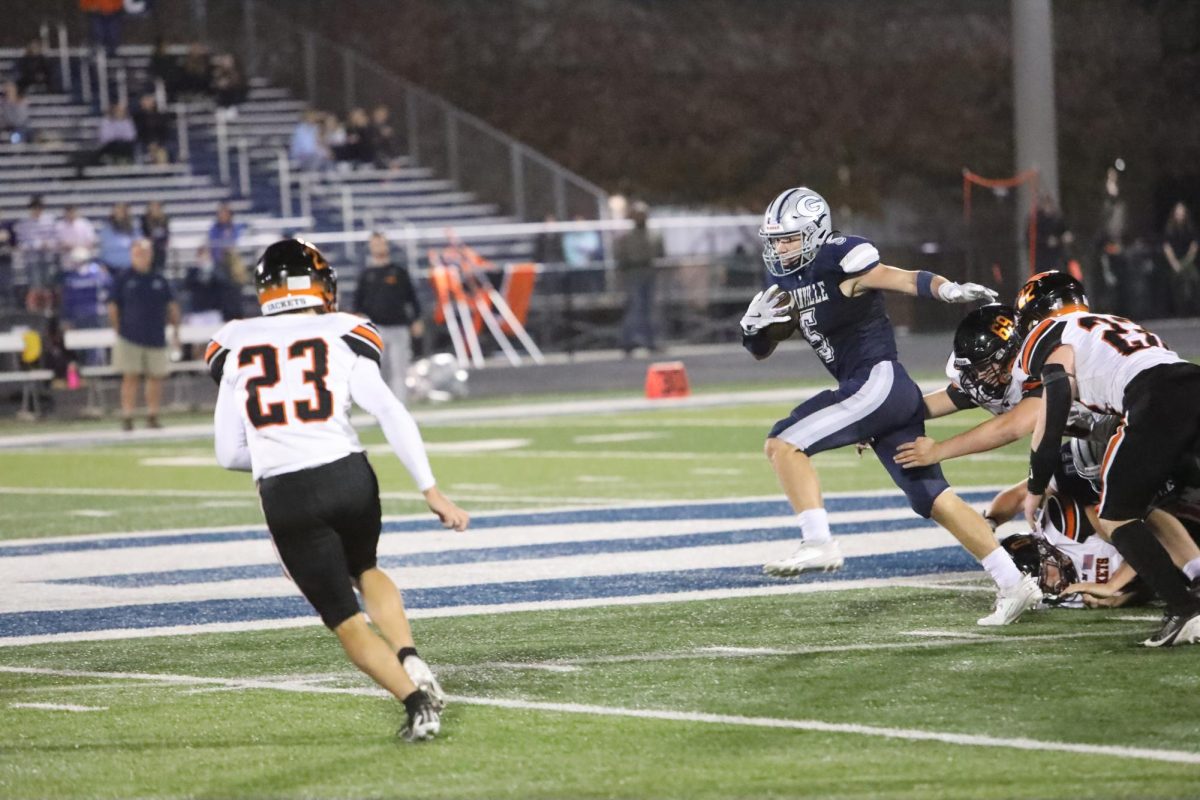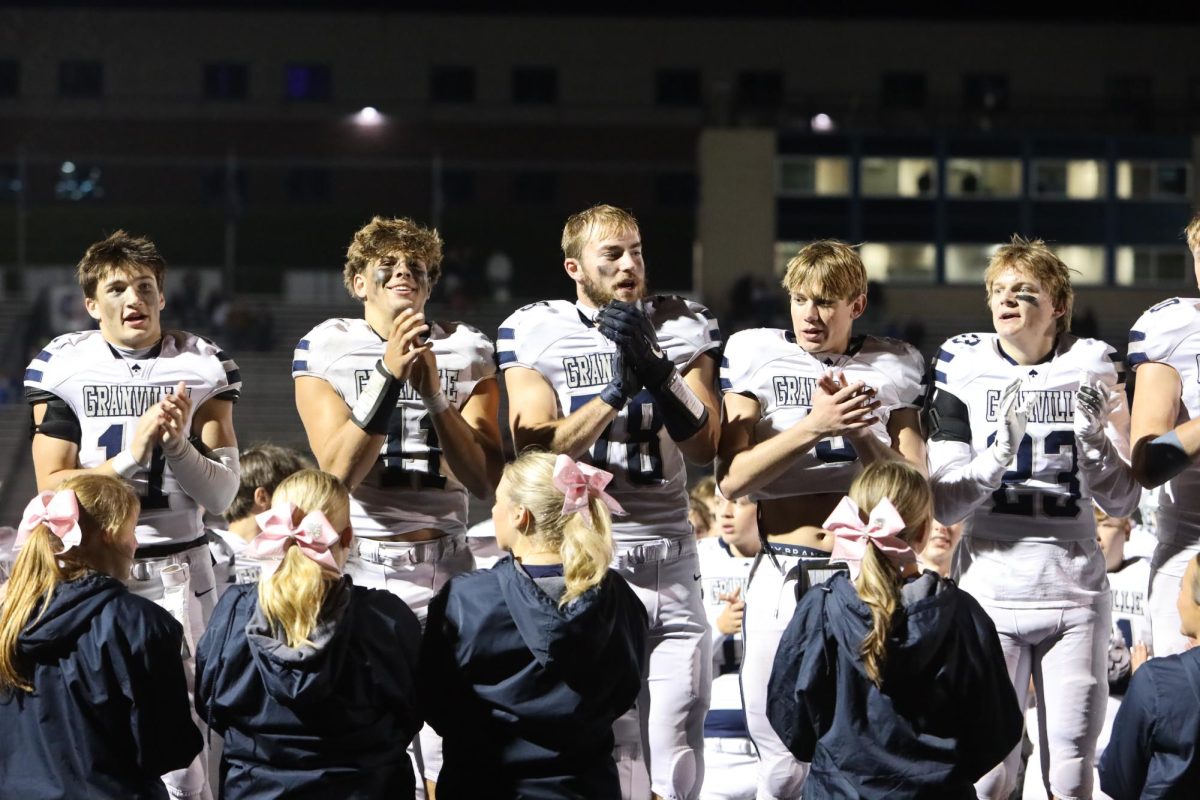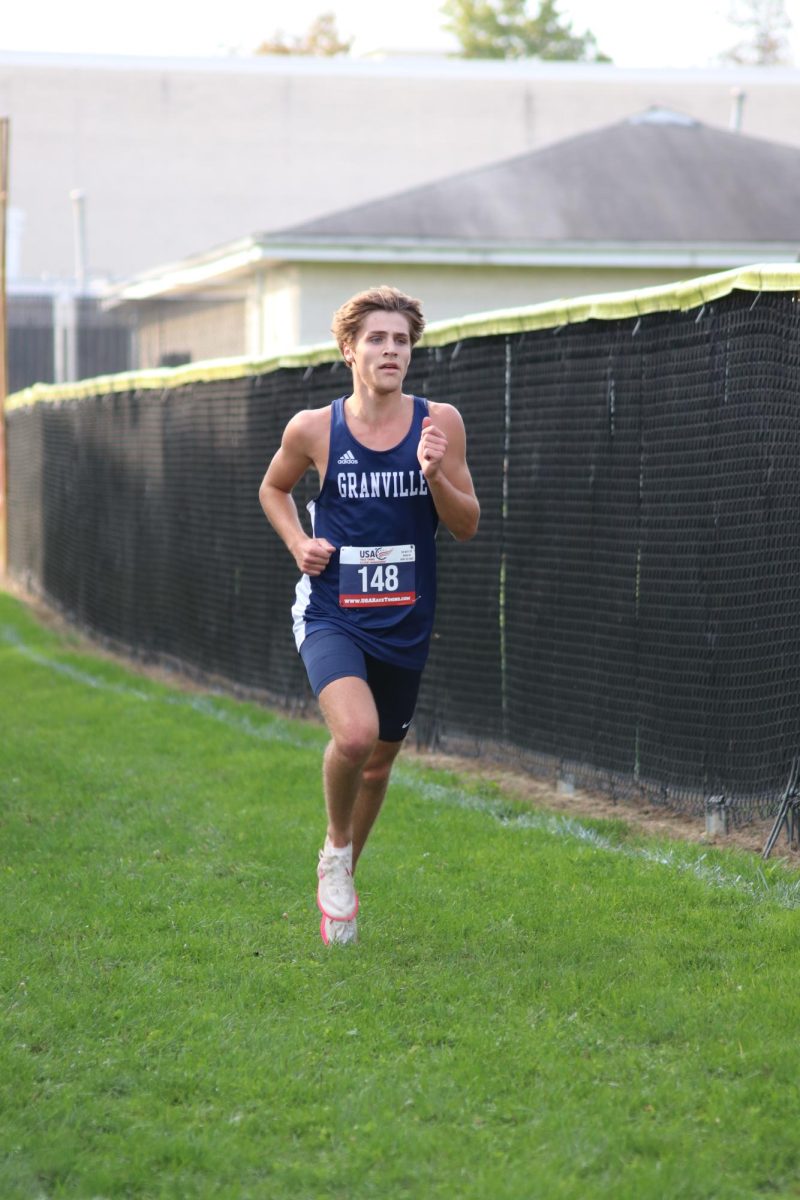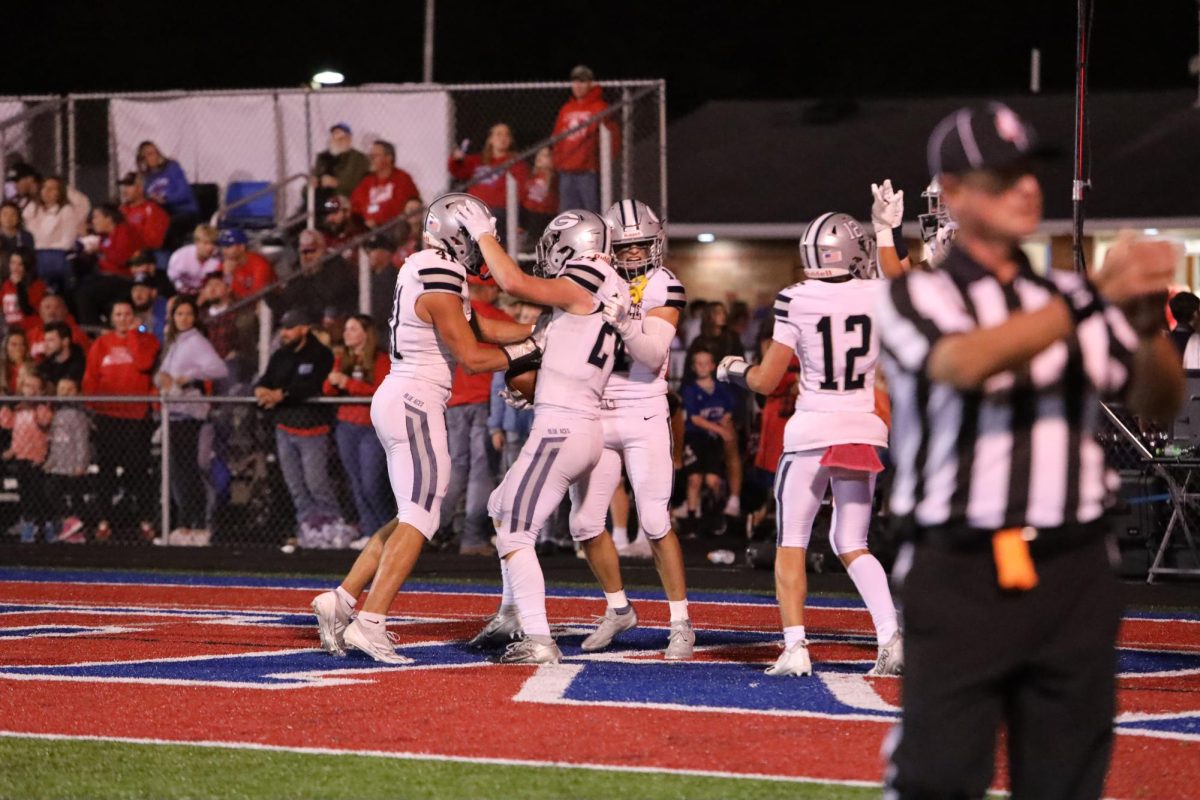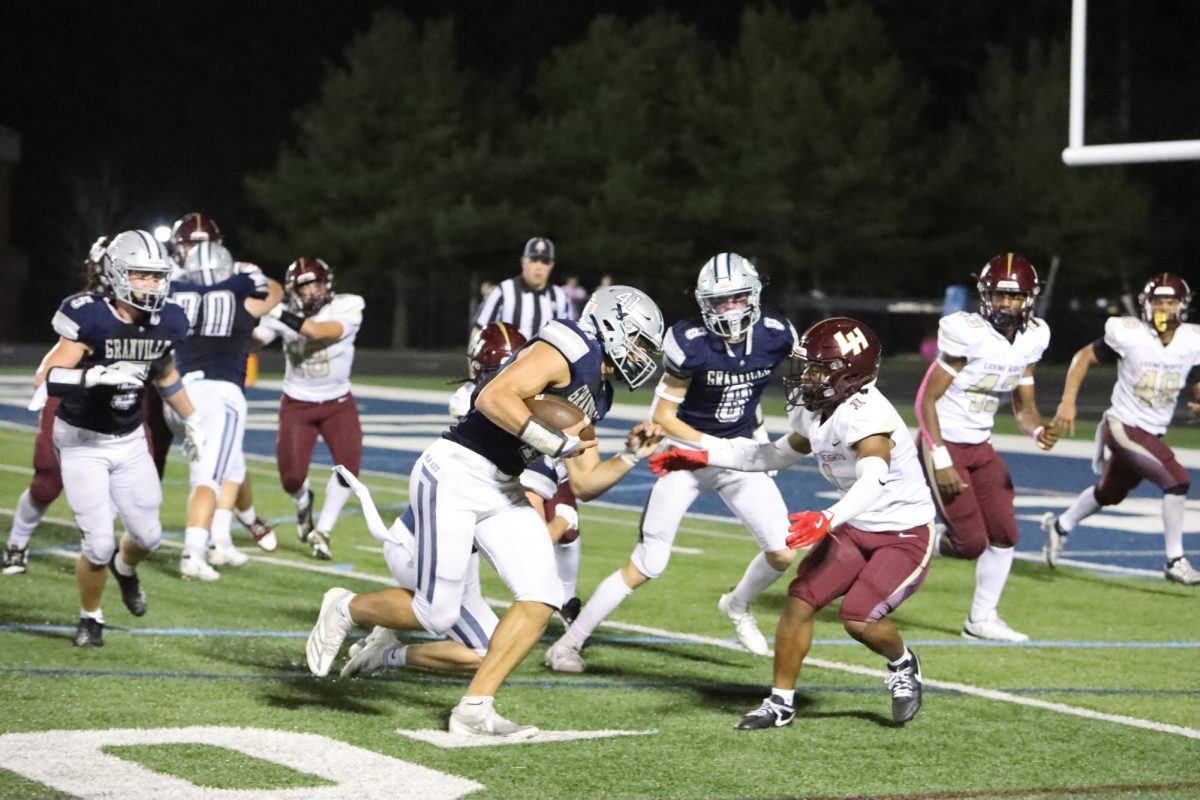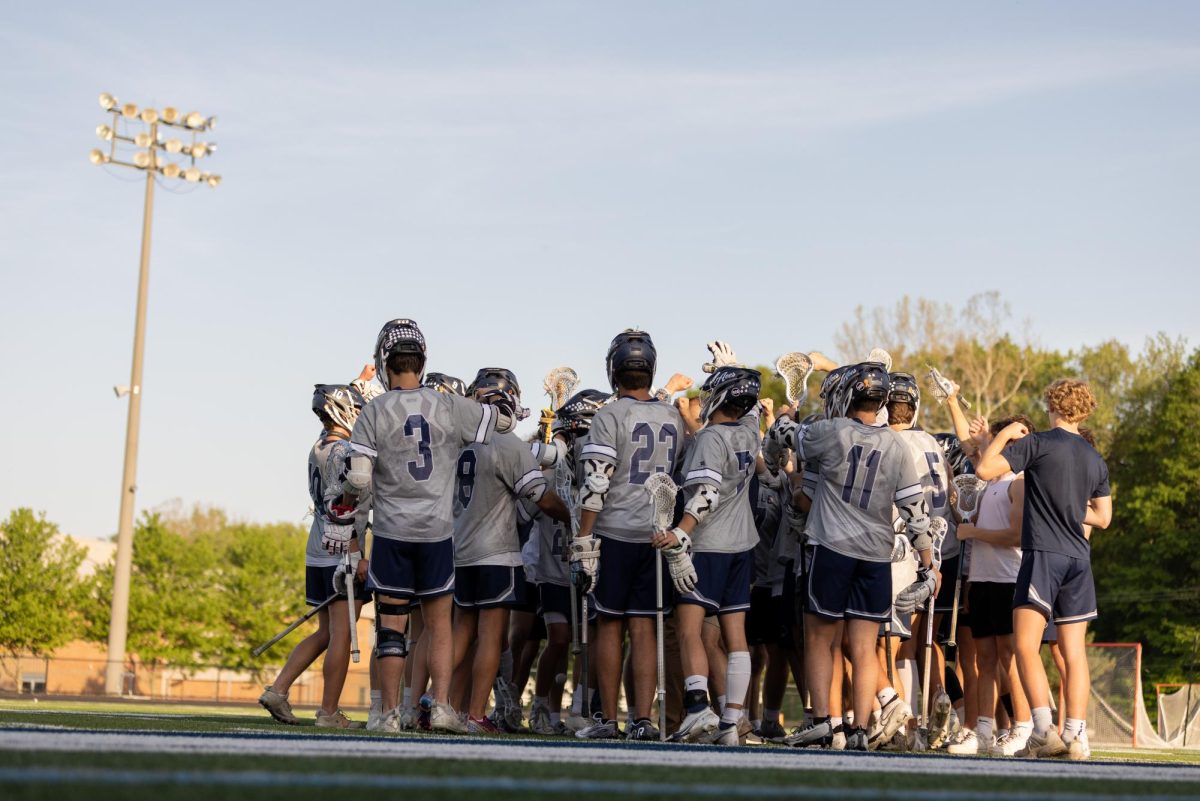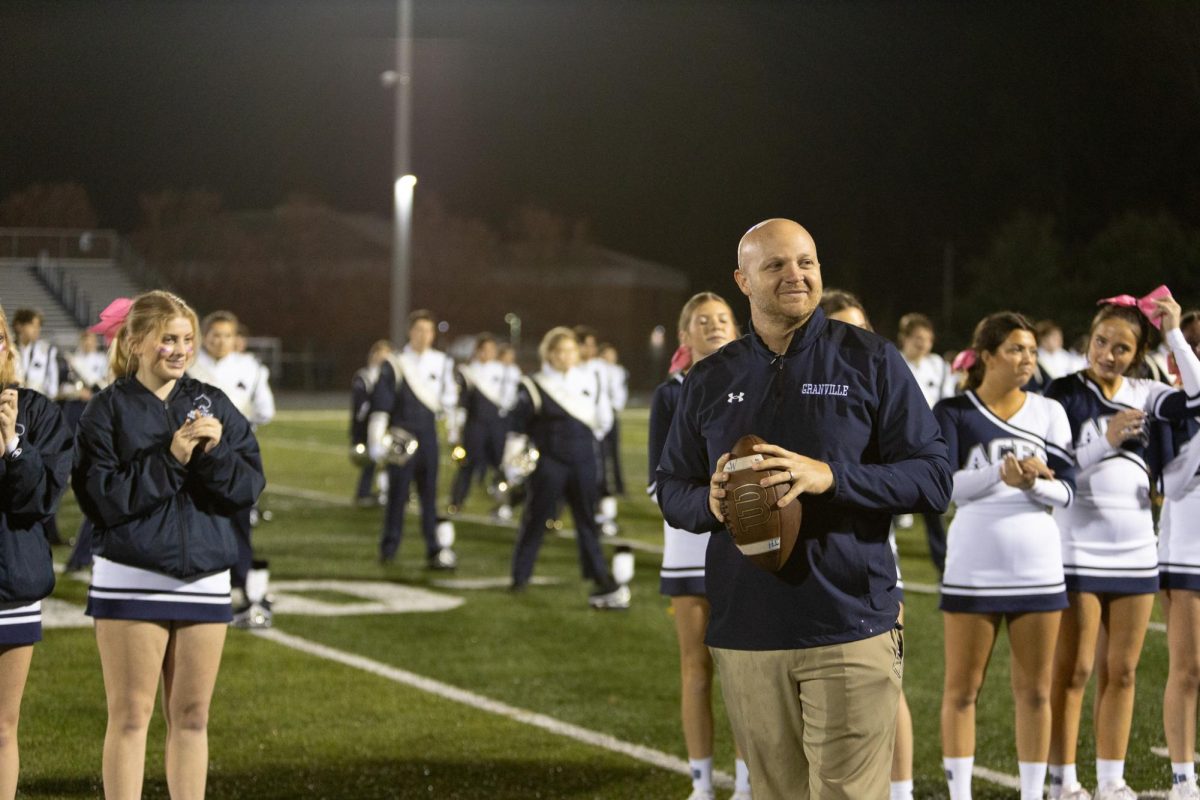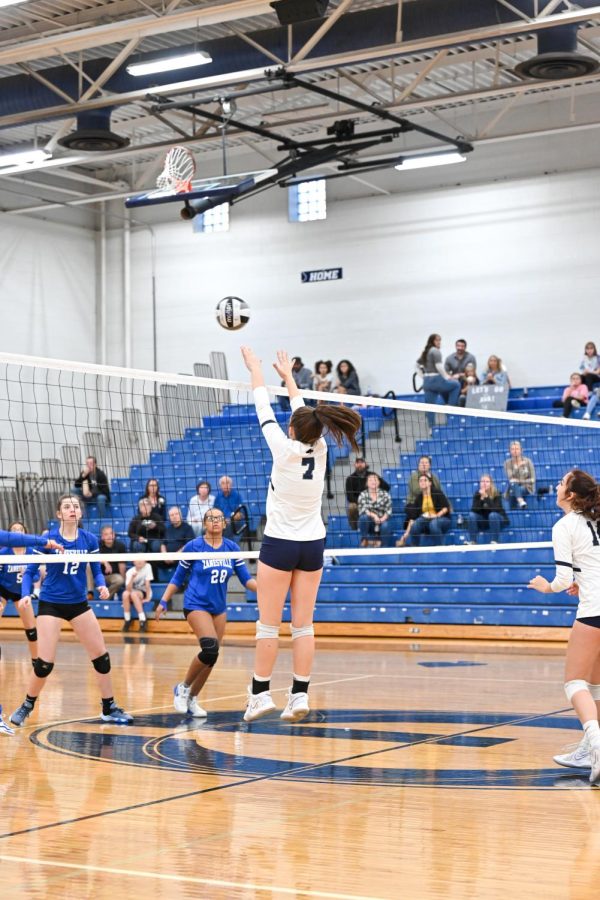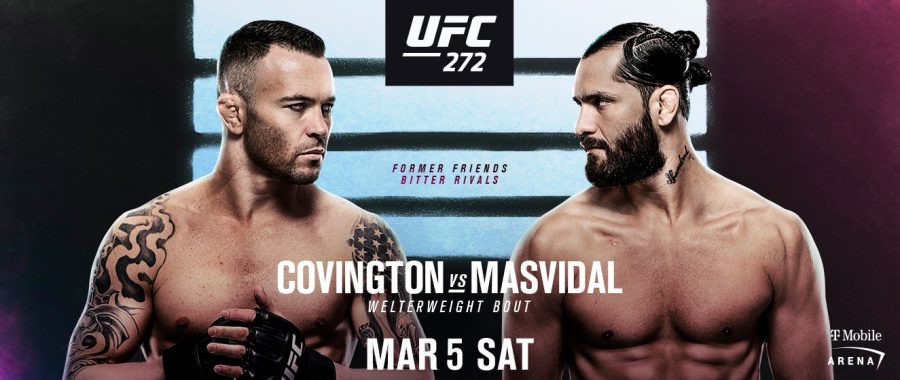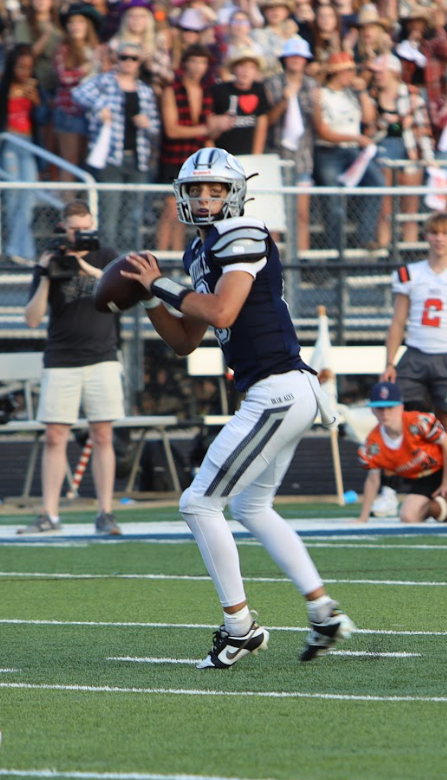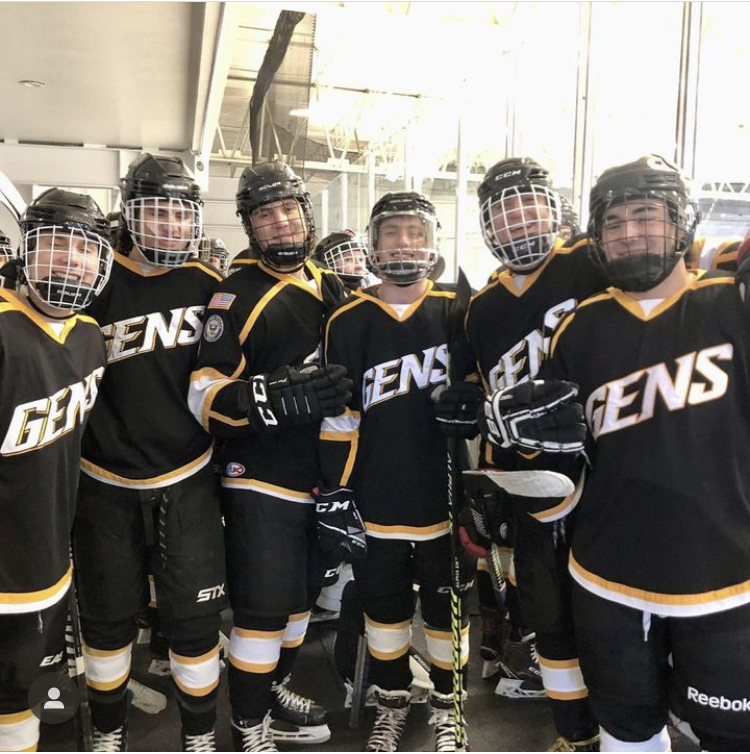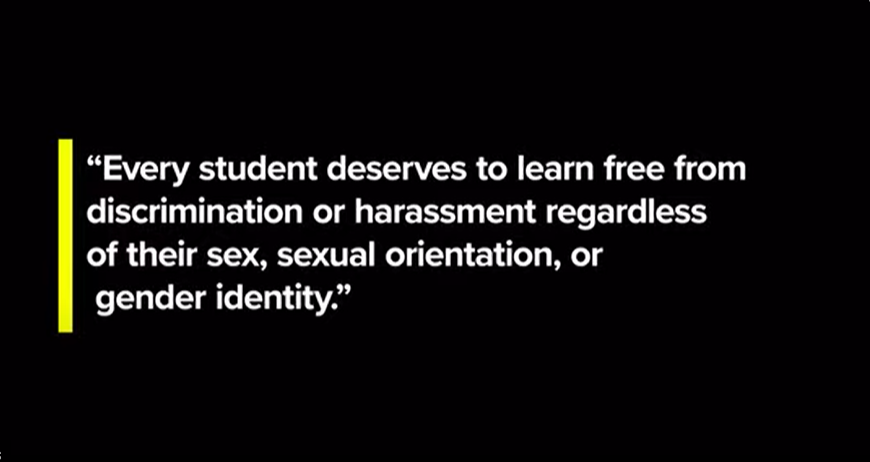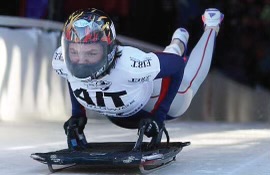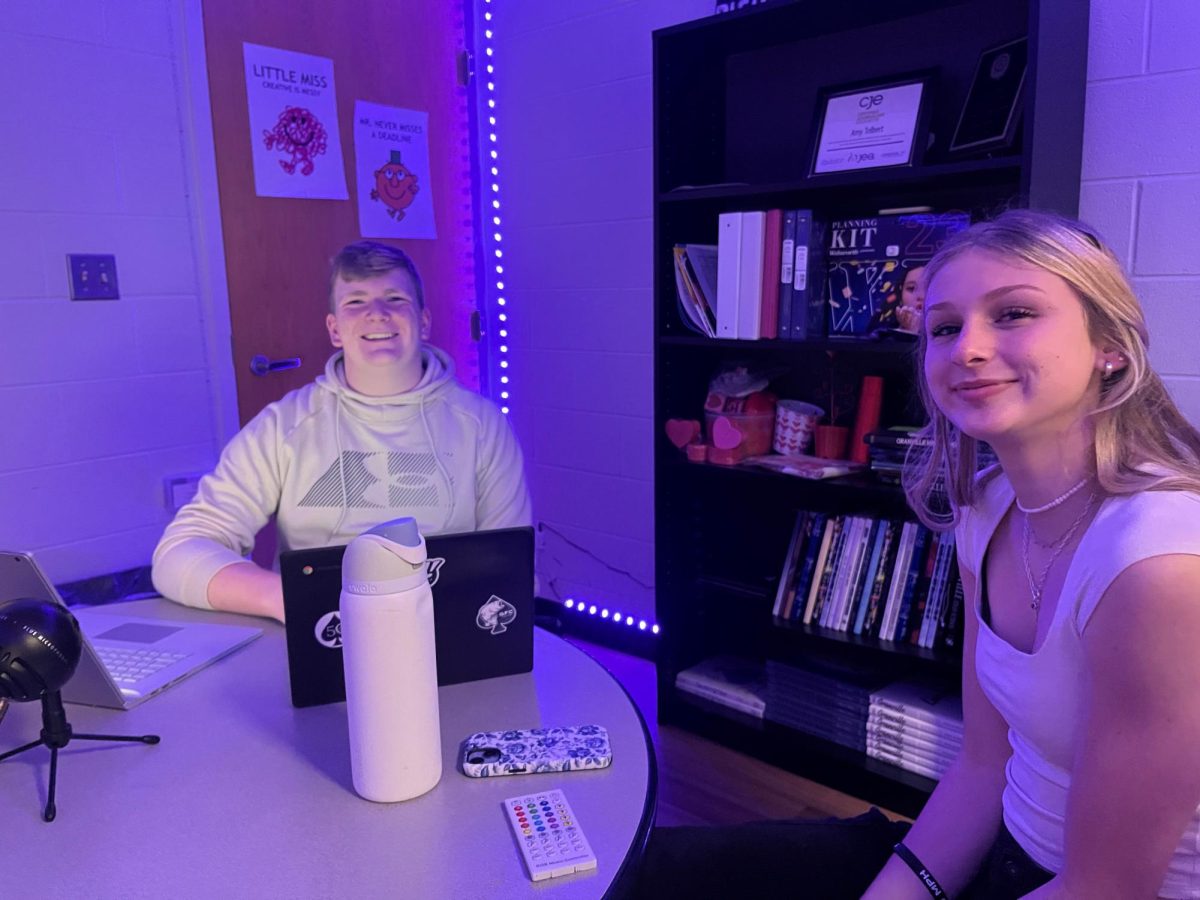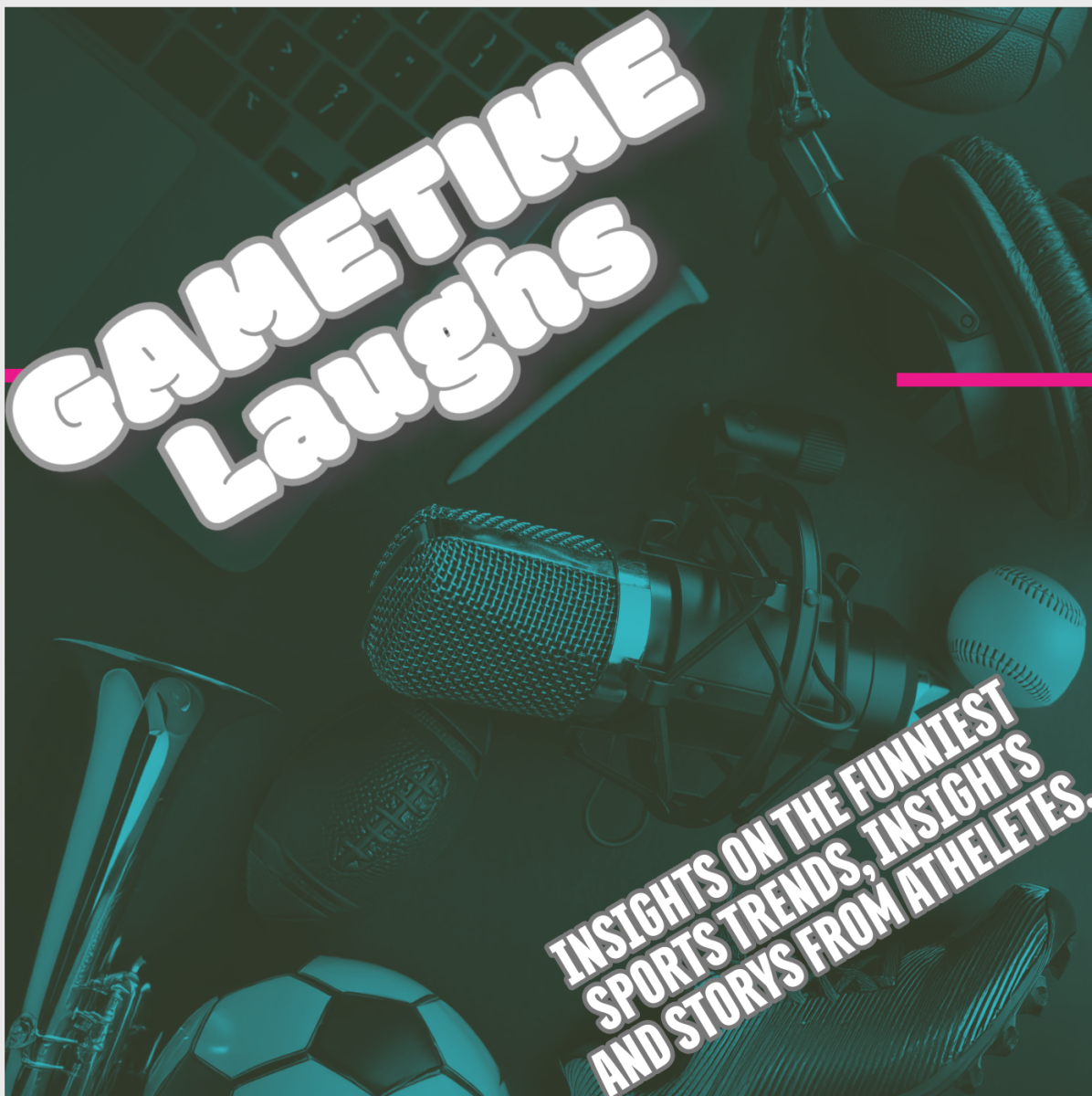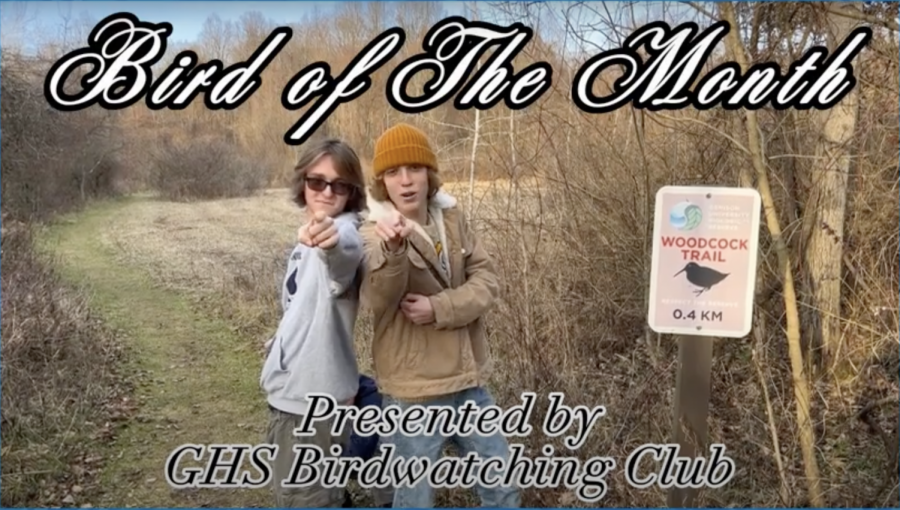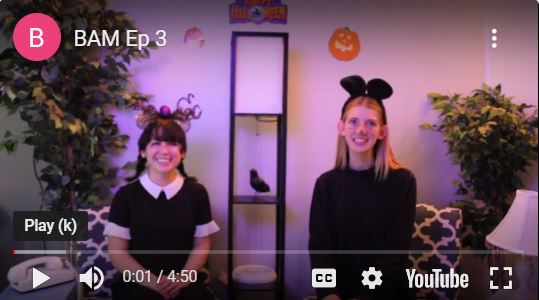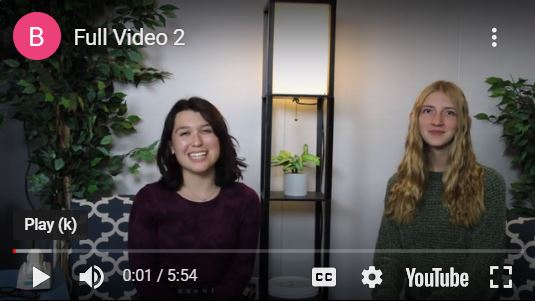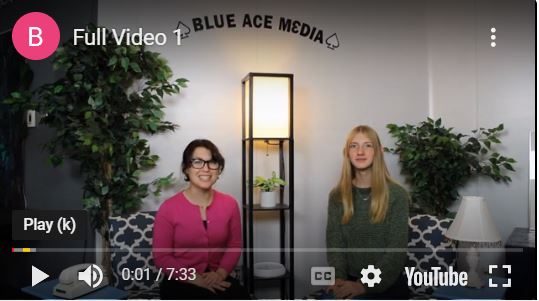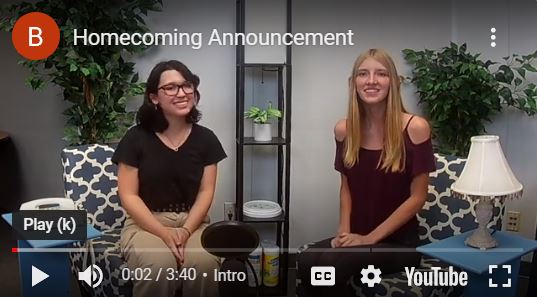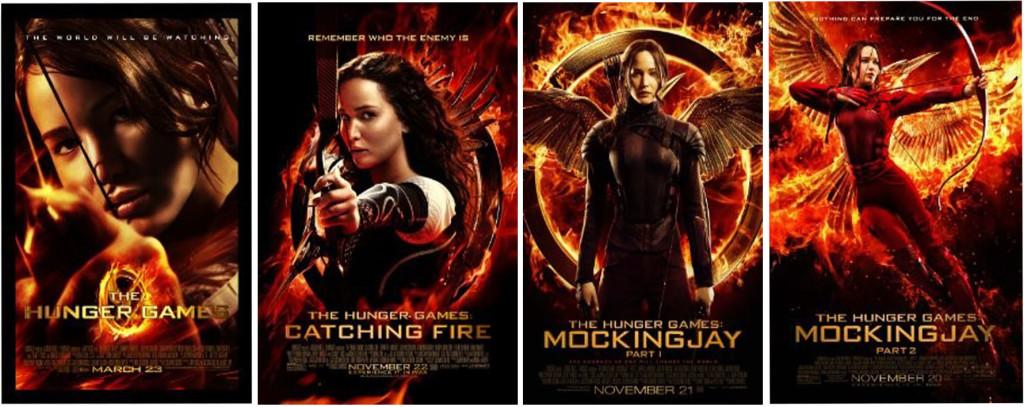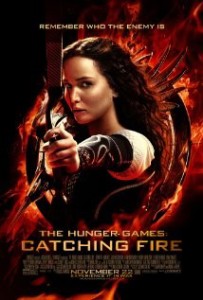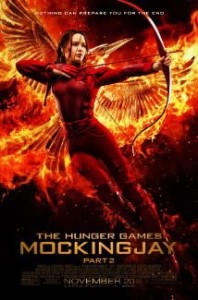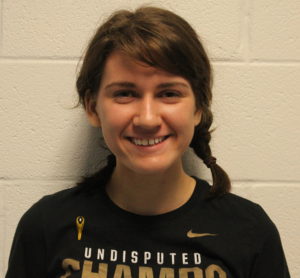By GRACE MONTGOMERY (’16)
SPOILERS
Oftentimes people are put into a frenzy when a book they have read is turned into a movie. In the “Hunger Games” trilogy, there have been characters cut out as well as completely new additions to the plots of the books. Overall each movie sticks to the general premise of the books, but there are a few major cuts and additions that have upset some readers.
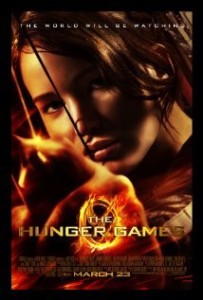
“The Hunger Games” is a dystopian novel about a post-apocalyptic North America renamed Panem. This society is made up of 12 districts that each cater to the needs of the controlling Capitol. As a punishment for a rebellion by the Districts, the Capitol each year has a Reaping Day where they select one boy and one girl from ages 12 to 18 to represent their District and fight to the death in an arena.
What they got right:
-The novel is told by Katniss’ perspective, but in the movie there were different perspectives incorporated. Instead of just having Jennifer Lawrence doing a voiceover of everything she sees and does, the audience can look at the Games from multiple sides. It was a nice addition to have the perspective of the Gamemaker, Seneca Crane (played by Wes Bentley), incorporated so the audience could understand the Games better.
-The graphics are magnificent. The Capitol’s grandness comes to life as an endless white and crisp city that bathes in its own grandeur. Its stark whiteness is meant to contrast to the darkness and dirtiness of the districts. The Graphics also are used to contrast the futuristic and advanced Capitol to the simplistic and poor districts.
-Music in the film adds a rawness to the character’s emotions, especially Katniss’ sorrow when she breaks down her tough skin to cradle Rue’s broken body. The music also makes the scenery have more depth, particularly in the beginning of the movie when they use sadder music as they zoom in on the downtrodden District 12.
What they got wrong:
– A huge scene was cut out from the novel. Madge, the daughter of the mayor of District 12, was the best friend of Katniss. A critical scene was when she gave Katniss the Mockingjay pin and told her what it stands for. Viewers of the movie only see Katniss pick up the pin in the market in District 12 by chance. Therefore the audience misses out on the significance of the pin.
The mockingjay is a symbol of error by the Capitol when they were teaching Jabberjays to listen in on conversations in the districts. After the Districts figured out this attempt, the Capitol shut down the operations and set the Jabberjays free. However the Jabberjays breeded with the Mockingbirds and created the Mockingjay.
– Another large symbol taken out of the movie was the eyes of the tributes. At the end of the book, when there is only Katniss, Peeta (played by Josh Hutcherson) and Cato (played by Alexander Ludwig) left, there are mutant dogs released to try and narrow it down to one tribute. The dogs were to each represent a fallen tribute, and the Capitol created them to have eyes similar to the ones of the tributes. For Katniss she was very close to tribute Rue, and seeing her eyes in a vicious creature created a deep and grueling pain.
“Catching Fire” is the second novel of the trilogy. Since it is the 75th year of the Hunger Games, or the Quarter Quell, two people who have won from each District are randomly chosen to compete. With Katniss as the only District 12 female winner, she has to go back into the arena and become a killer again. This time around she has the weight of the Capitol and the silently stewing rebellion of the Districts on her shoulders.
What they got right:
-The comic relief throughout the movie is a major benefit. When Katniss learns of her return to the games, the tone of the movie becomes bleak, however, when we are introduced to the other tributes, such as Finnick (played by Sam Claflin) and Johanna (played by Jena Malone), the mood lightens. One particular scene was not included in the book and drew major laughs. When Johanna joins the elevator with Peeta, Katniss and Haymitch (played by Woody Harrelson), she begins to strip down. The audience is able to witness not Katniss’ reaction but actually Jennifer Lawrence’s. She seems to almost break character by making a classic Jennifer Lawrence face. The reactions of Peeta and Haymitch to Katniss’ disgust add even more hilarity to the situation. Ultimately the viewers forget for a minute the circumstances of this encounter and get lost in the beauty and craziness of the moment.
-The film’s graphics again make the book come to life. This time the graphics are even more present with the arena being full of computerized enemies. There are howler monkeys, tidal waves, poisonous fogs, and Jabberjays acting as obstacles to the tributes. With such realistic illustrations, the horror of the Games come to life.
– A positive addition to the film is the reason for Gale’s whipping. In the book Gale is whipped by the new Peacekeeper, or police chief for the Capitol, after being caught with a wild turkey. In the movie the new Peacekeeper comes in and immediately wants to start whipping people. The Peacekeeper seeks out a person in the market to whip, but Gale saves them. When Gale is whipped he becomes a hero for the audience. The scene creates drama in that it makes the audience feel more attached to Gale, which ultimately complicates the love triangle more. With Katniss already feeling conflicted about her love for Peeta and Gale, this act of bravery confuses her even more.
What they got wrong:
– A huge symbol was left out in the movie. In the novel, when Head gamemaker Plutarch Heavansbee, (played by Philip Seymour Hoffman) meets Katniss at a Capitol party, he shows her his watch. Printed on the watch is a Mockingjay. A reader can take from this symbol that Plutarch, while the Gamemaker and sole creator of the brutal Hunger Games, is actually putting on a façade to the Capitol and President Snow (played by Donald Sutherland). It also gives a clue to Katniss how the Quarter Quell is in an arena that is like a clock.
-Since Madge was not introduced in the first movie, there is no way for Katniss to get jealous of Madge getting close to Gale. By leaving this out the viewer seems to forget about the love triangle, which is very prevalent in the books. The viewer is instead more caught up in the action of the Quarter Quell, and ultimately loses the ability to be torn about rooting for Peeta or Gale.
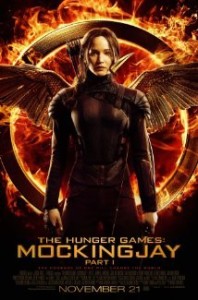
After Katniss learns District 12 has been fire bombed by the Capitol she becomes more determined to lead the rebellion as an embodiment of the Mockingjay in the newly uncovered District 13. As she makes preparations to take down Snow with the help of the rebels of 13, she has to work to get Peeta out of the Capitol after he was captured during the Quarter Quell.
What they got right:
-Katniss becomes more of a hero. In the book we see her mostly feeling vulnerable, but in the movie she seems more in control of her emotions and her well-being. The audience is able to see this when Coin’s lack of confidence in Katniss makes Katniss determined and empowered to be the Mockingjay. In the book, Katniss eventually decides to be the Mockingjay but is not stirred on like she is in the movie. The audience is able to see her as feeling inspired for change when the film opens up with her visiting the burning ashes of her District rather than in the novel,which zooms in on her having a mental breakdown in an air duct.
-In the novel the audience does not have the ability to go into much depth about the mission of saving Peeta, Annie (played by Stef Dawson) and Johanna. In the film it almost turns into a Zero Dark Thirty adaptation by using the greenness of the night vision goggles to show the raid. The viewer actually gets to see the whole raid as well as listen to Finnick’s depressing description of his life in the Capitol. This creates the effects of more anxiety and drama.
What they got wrong:
– Splitting the movie into two parts was a mistake. The problem is that the first part is all about Katniss finally accepting herself as the Mockingjay. In Catching Fire, Katniss already embraced the idea of rebellion silently stewing in the districts and as she enters the Quarter Quell she understands that she has become the Mockingjay and the center of the rebellion. The first part is just the pouring of the foundation in order to set up for all of the action and drama in the second part. The audience only gets real drama at the end during the raid and when the brainwashed Peeta attacks Katniss.
“Mockingjay” Part 2 comes out on November 20. It is set to include Peeta learning to love Katniss again, the invasion of the Capitol by Katniss and the much-anticipated death of President Snow. There will definitely be more innovative and amazing graphics included during Katniss’ raid into the Capitol. It will be interesting to see how the director will address death in the movie. In the first movie it seemed that the book described death more vividly than it was portrayed on screen. The second and third films featured less death and it was more based on the creation of the rebellion. In the third book death is constantly introduced during the raid, so it will be interesting to see if the director will tone down the violence or stretch the limits of a PG-13 rating.

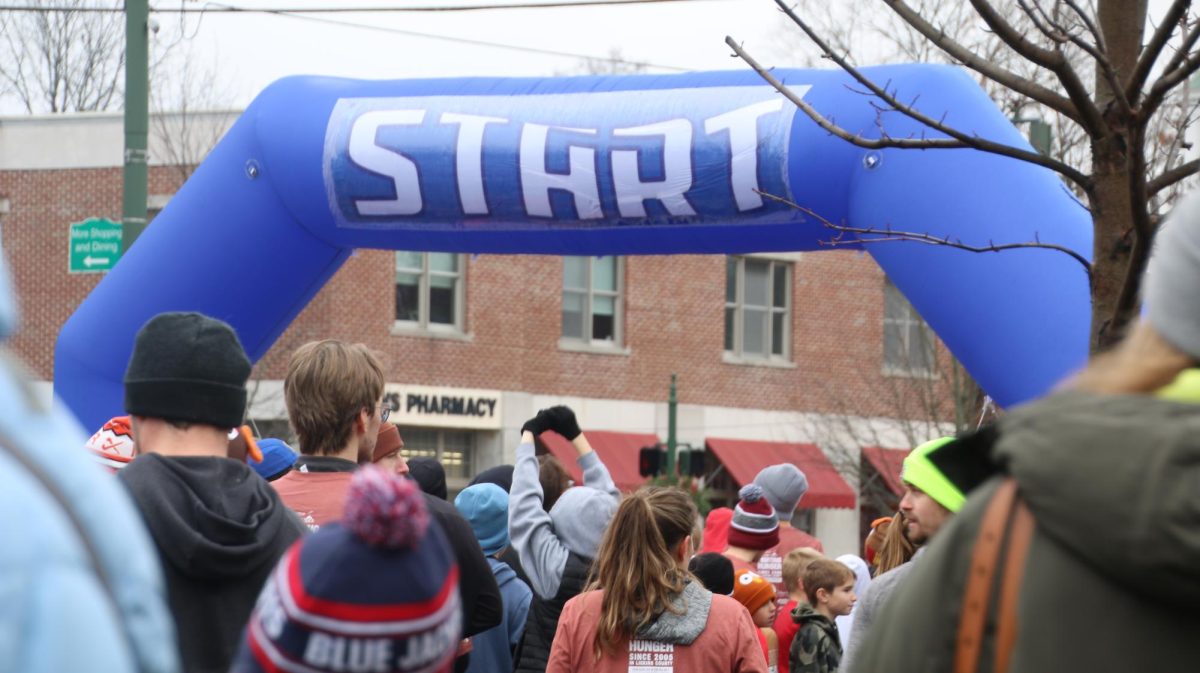
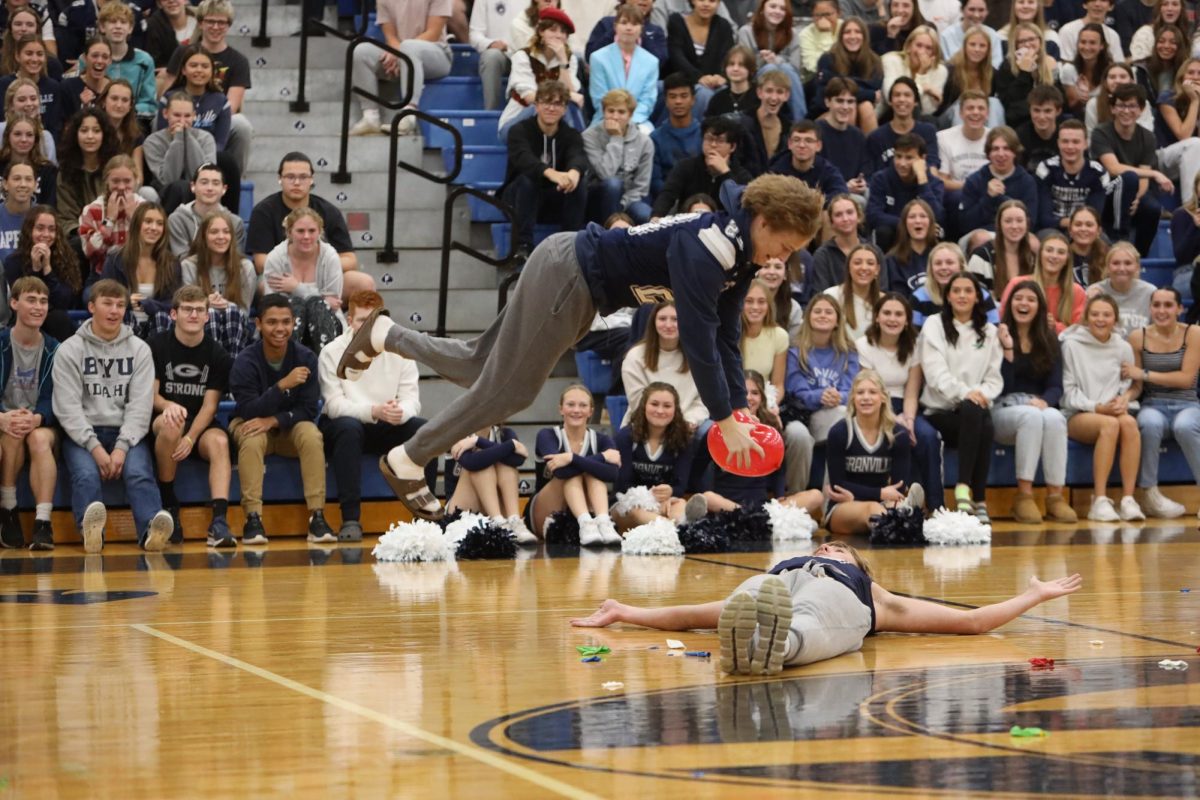
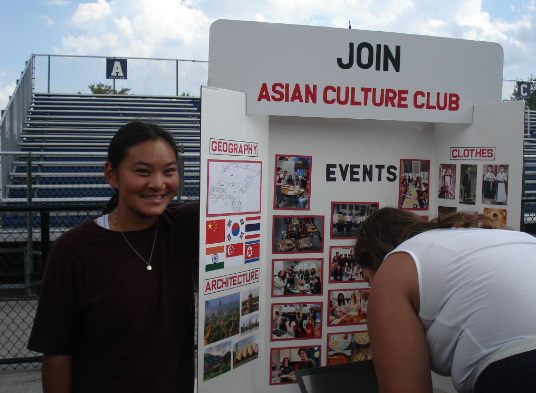
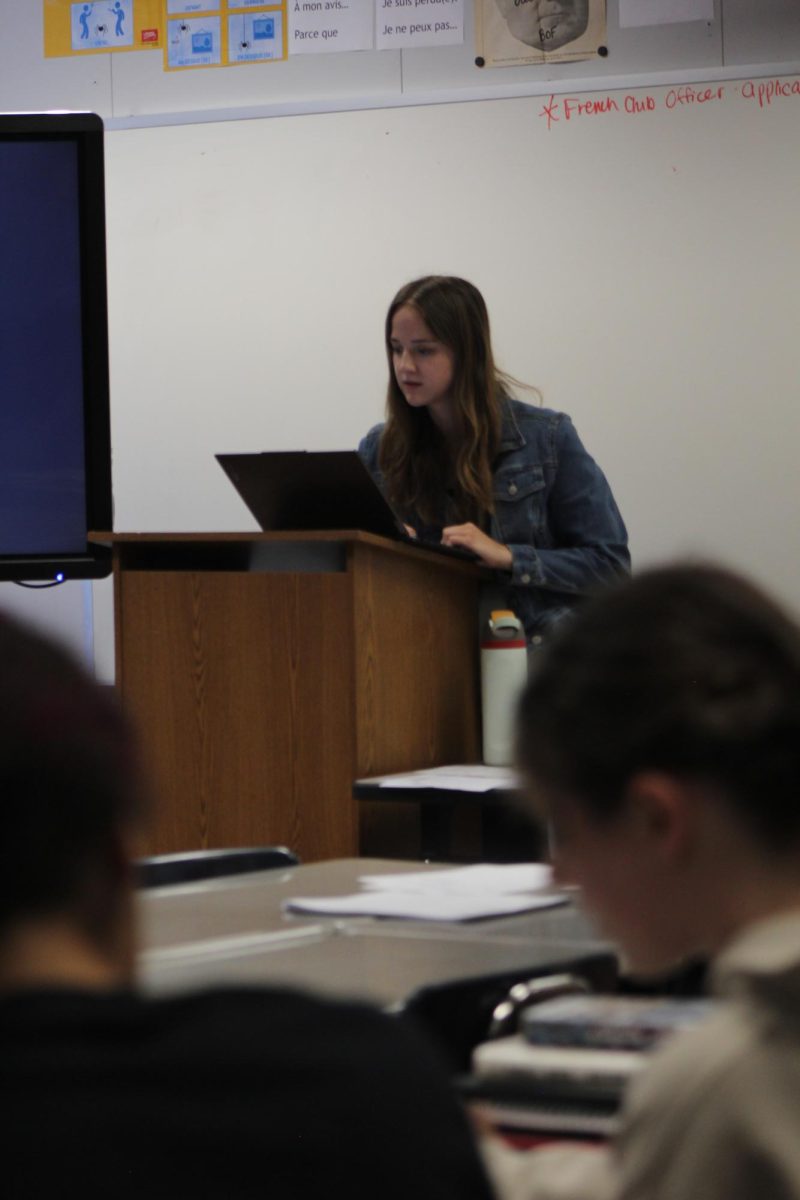
![Mrs. Miller works in the guidance office. With all the many duties of her position she is working as the secretary for the guidance office. "[She] may change every period to a different class," Principal Scott Hinton said.](https://blueacemedia.org/wp-content/uploads/2024/09/sub-photo-1200x869.jpg)
